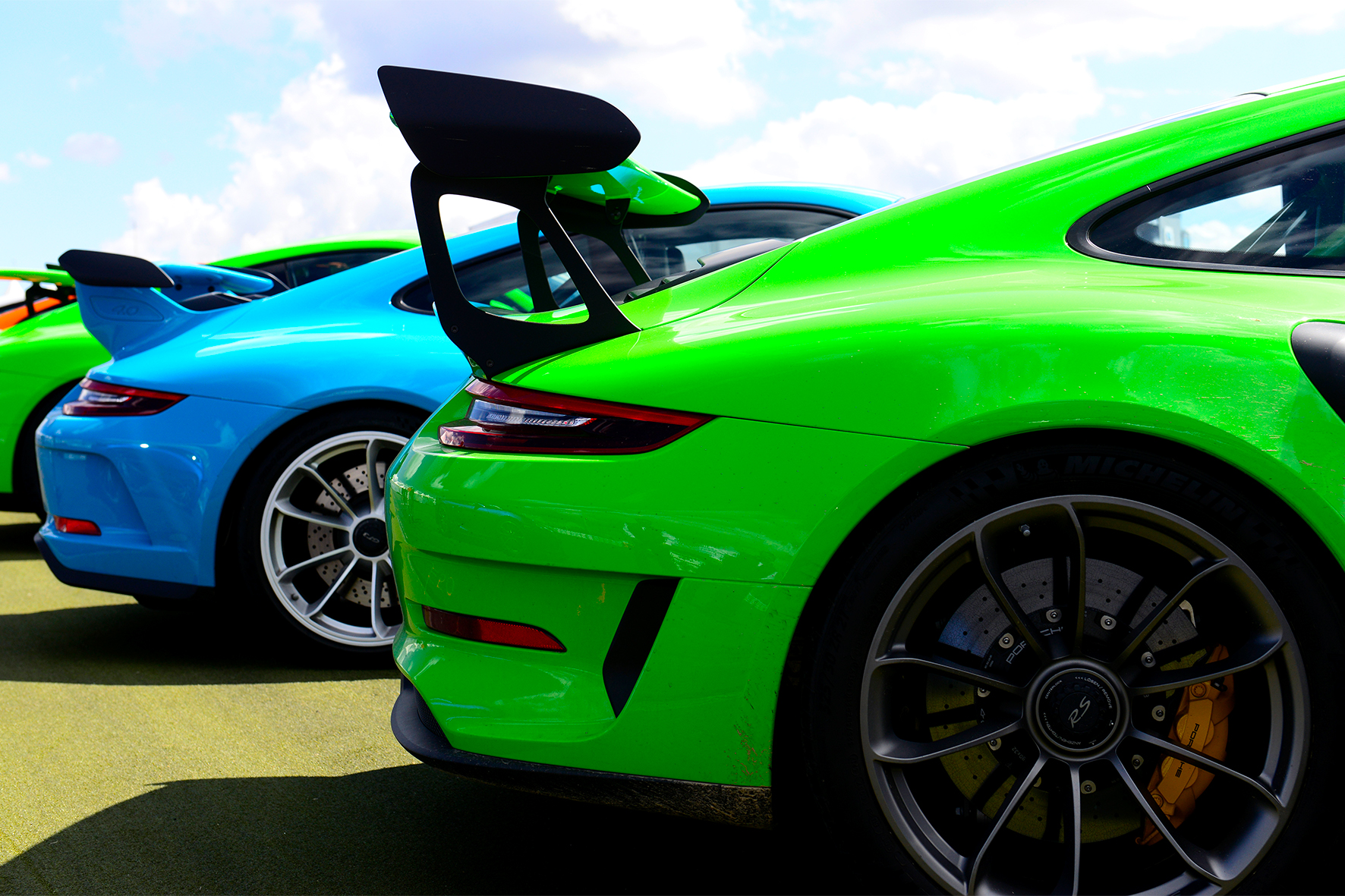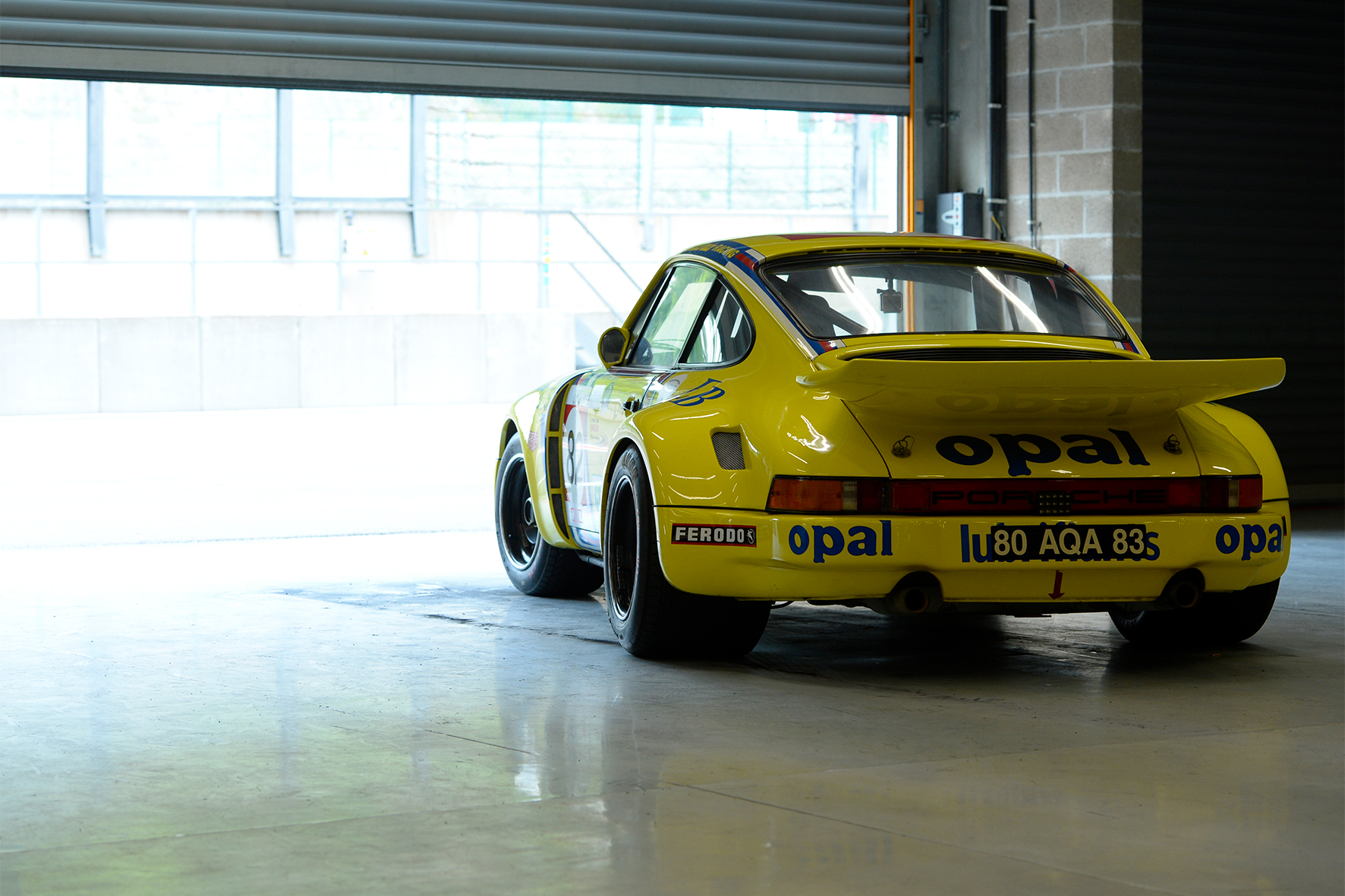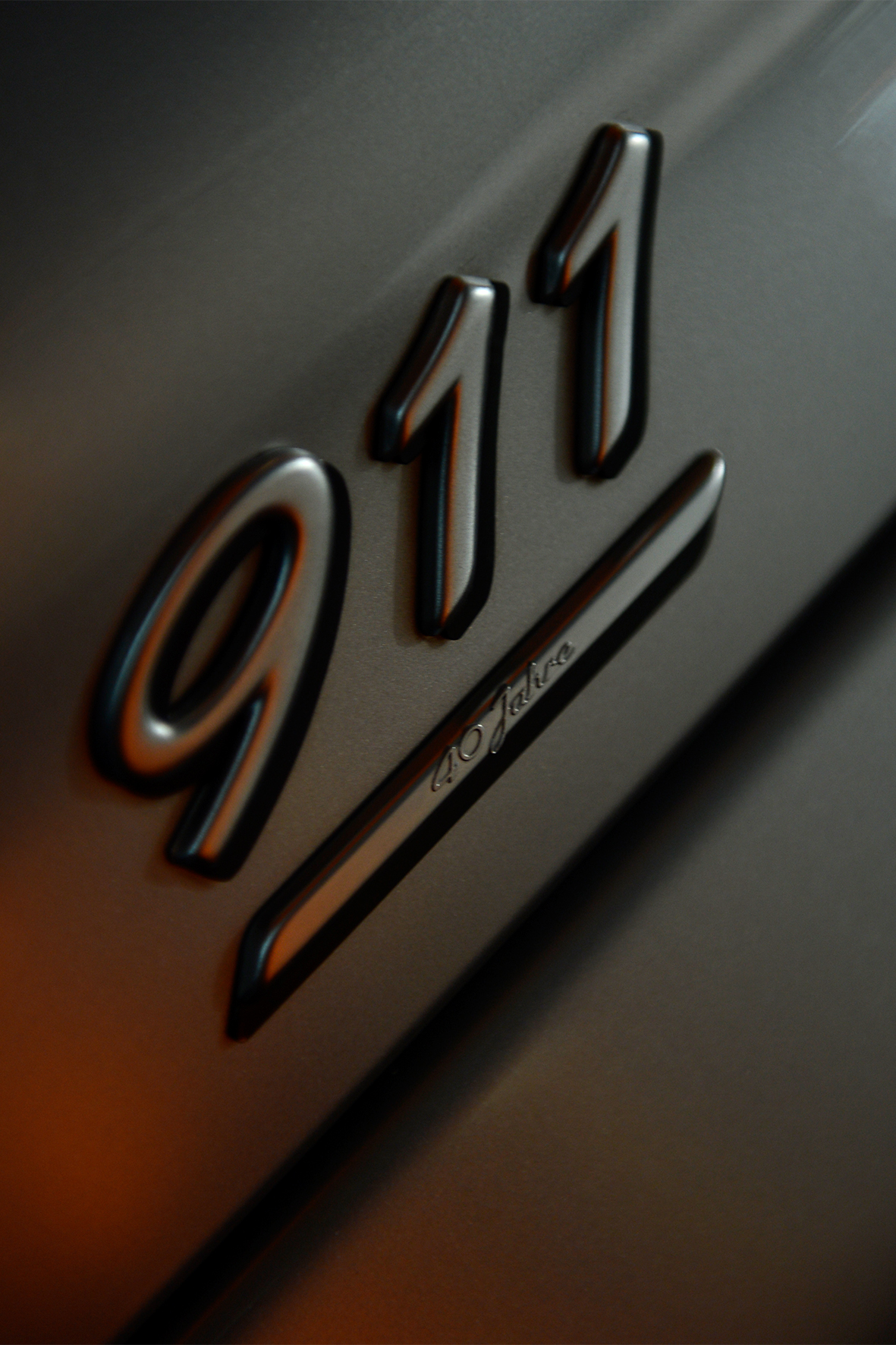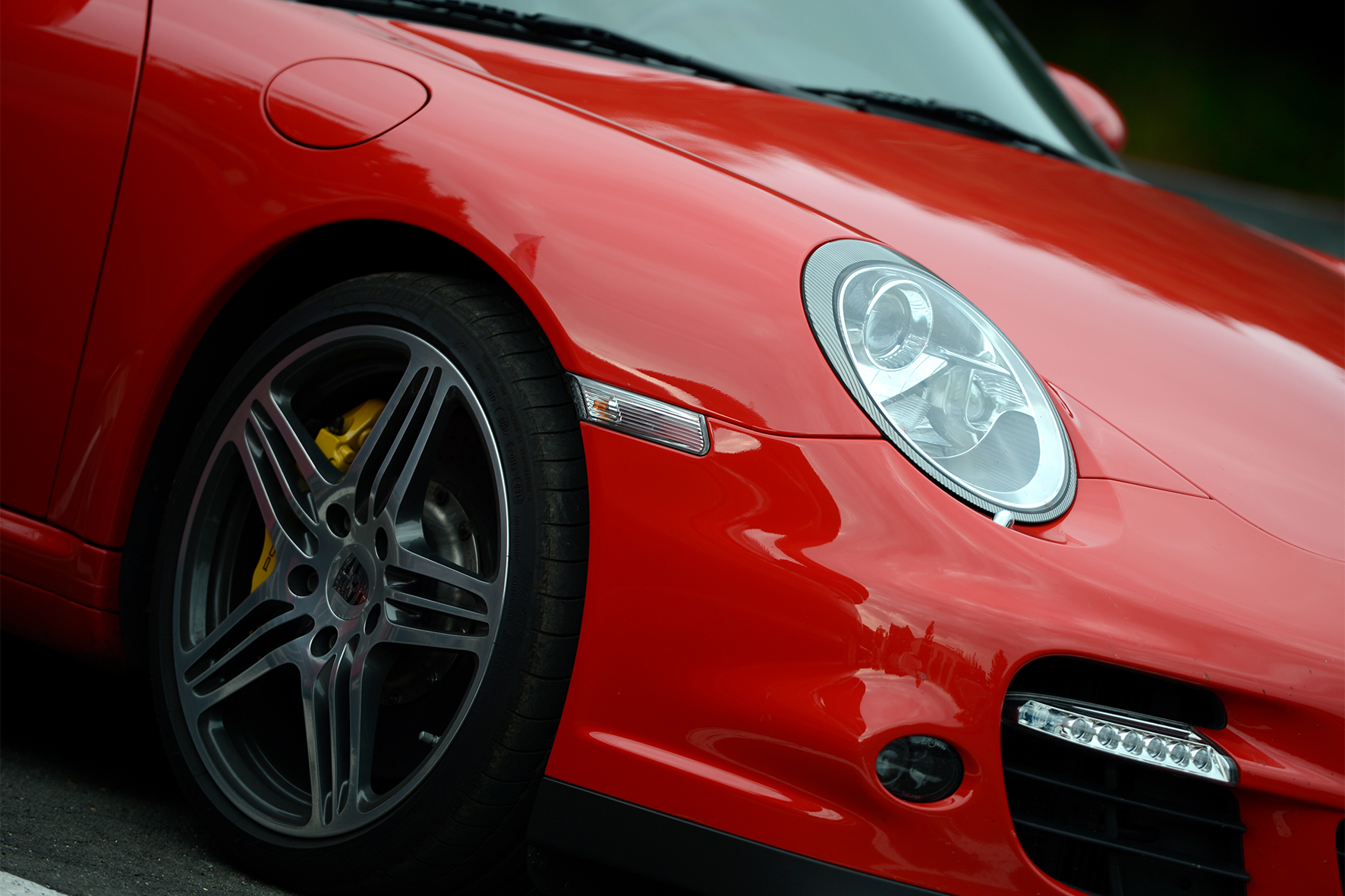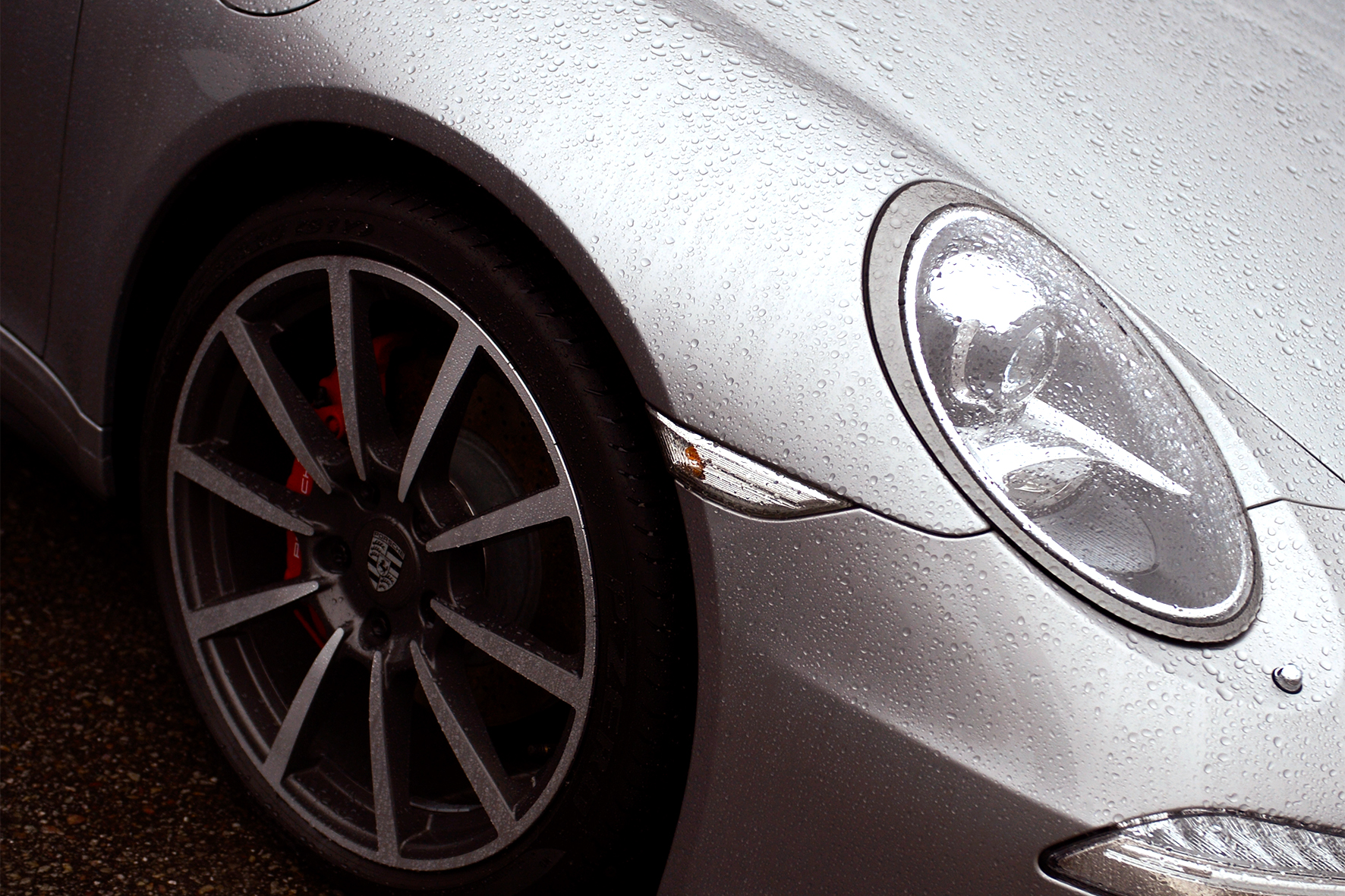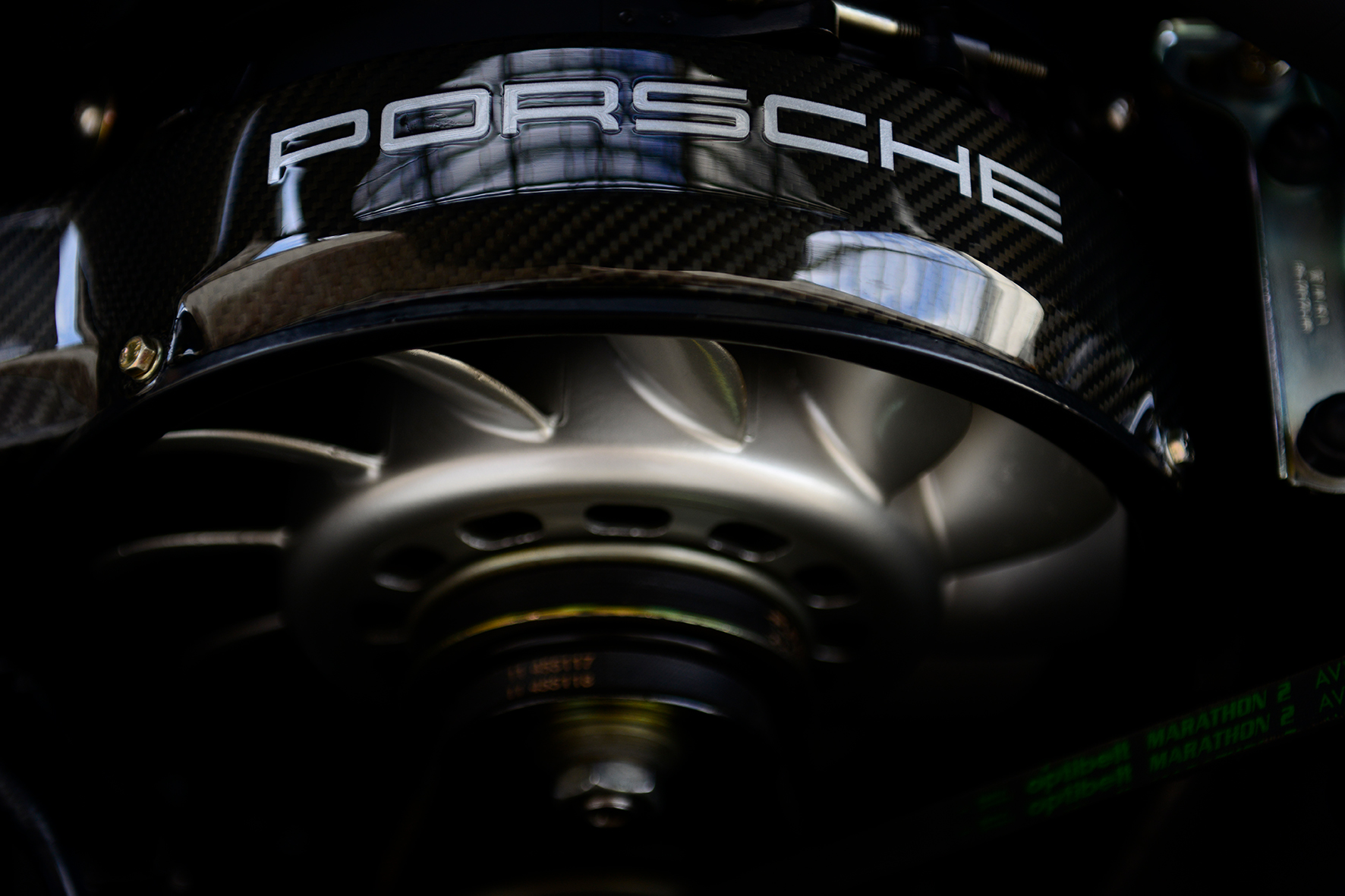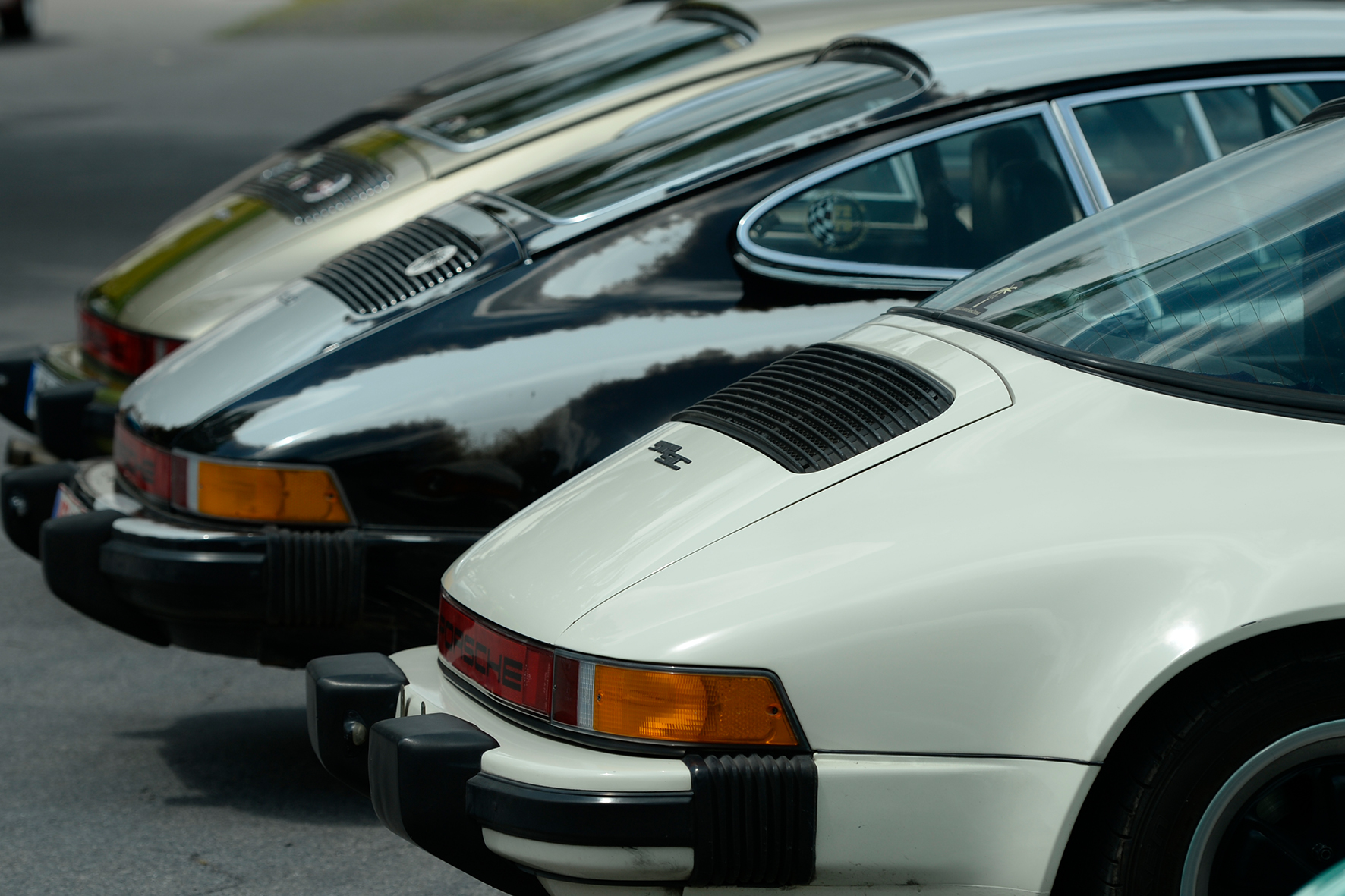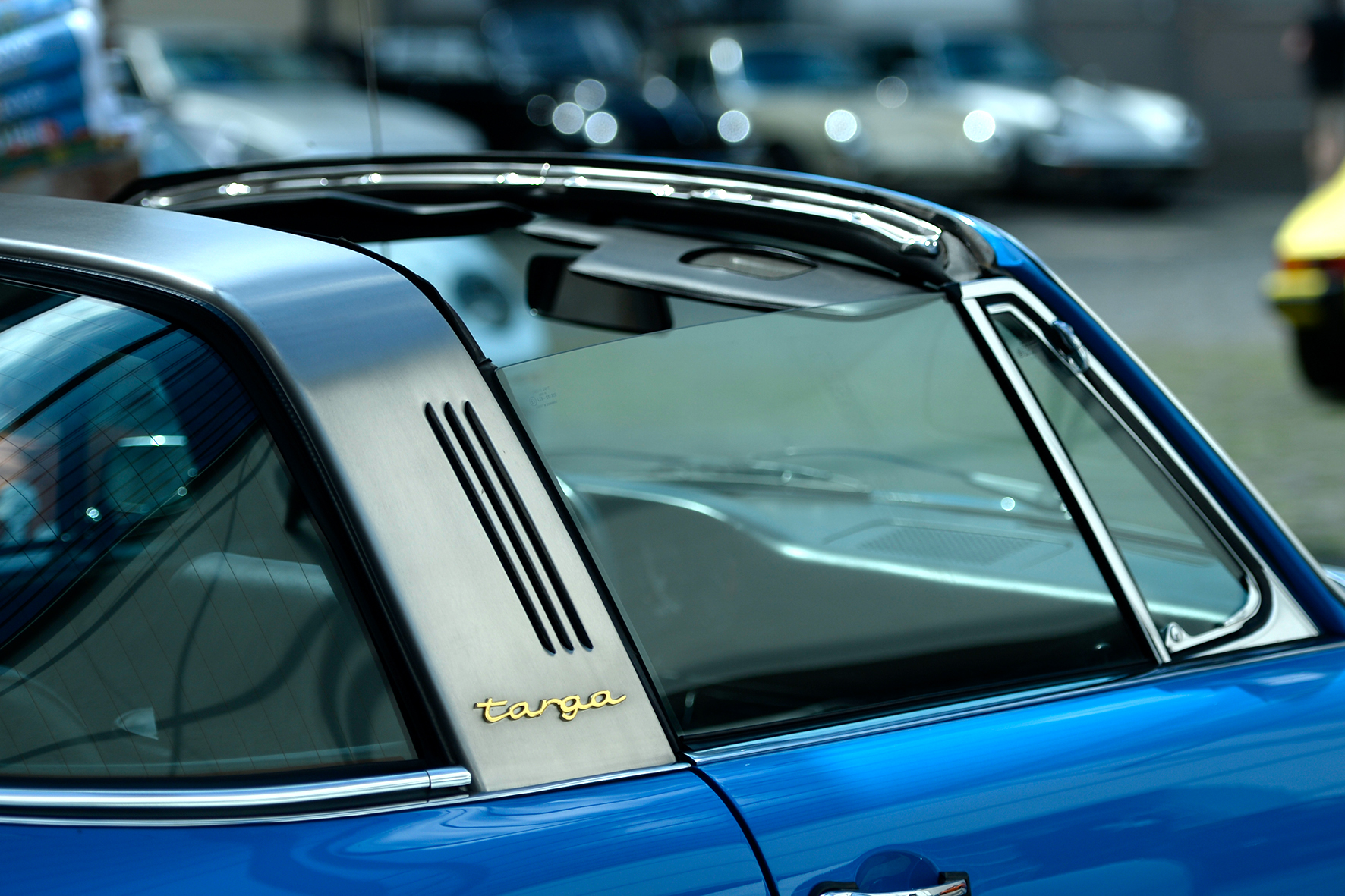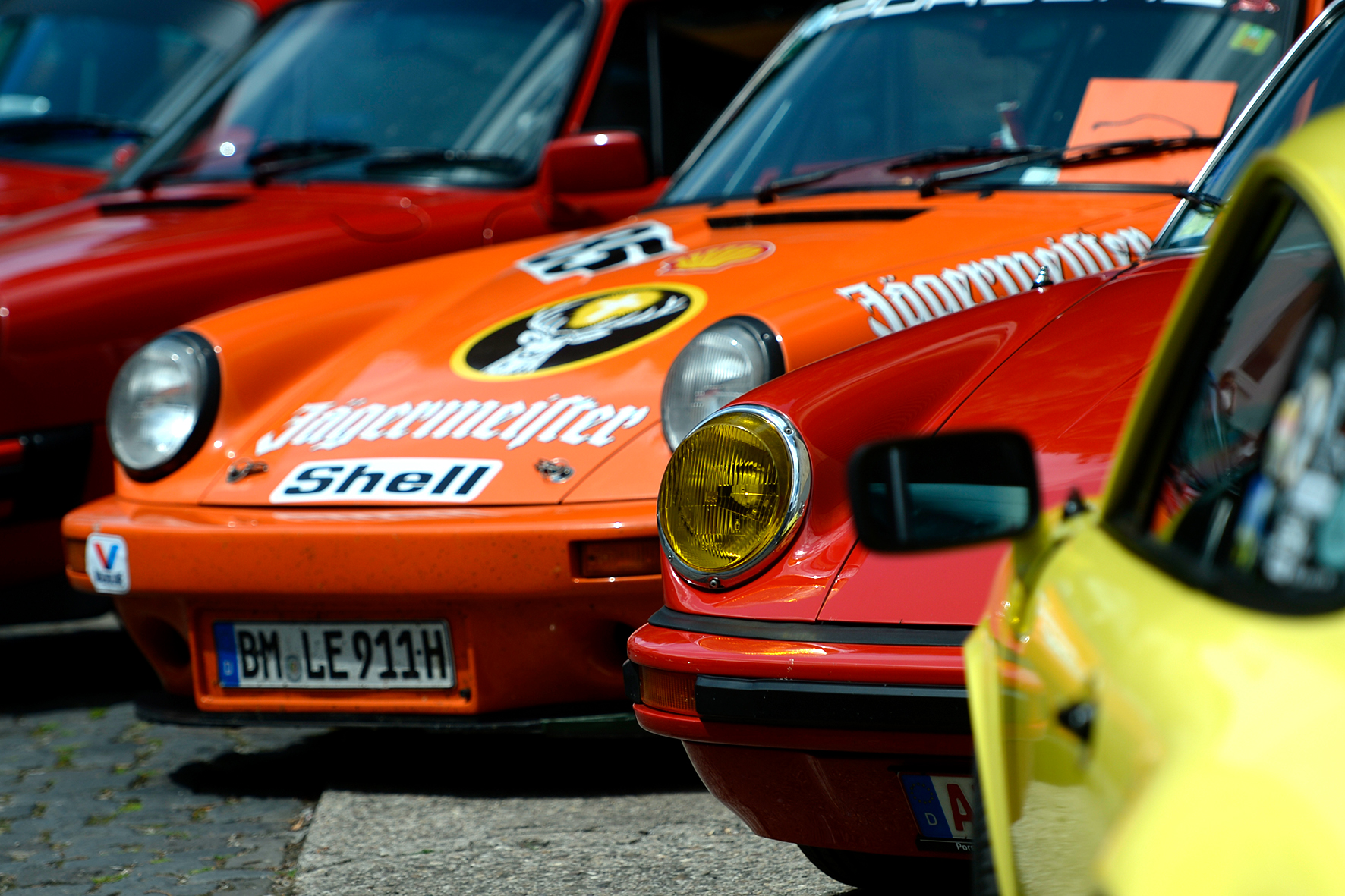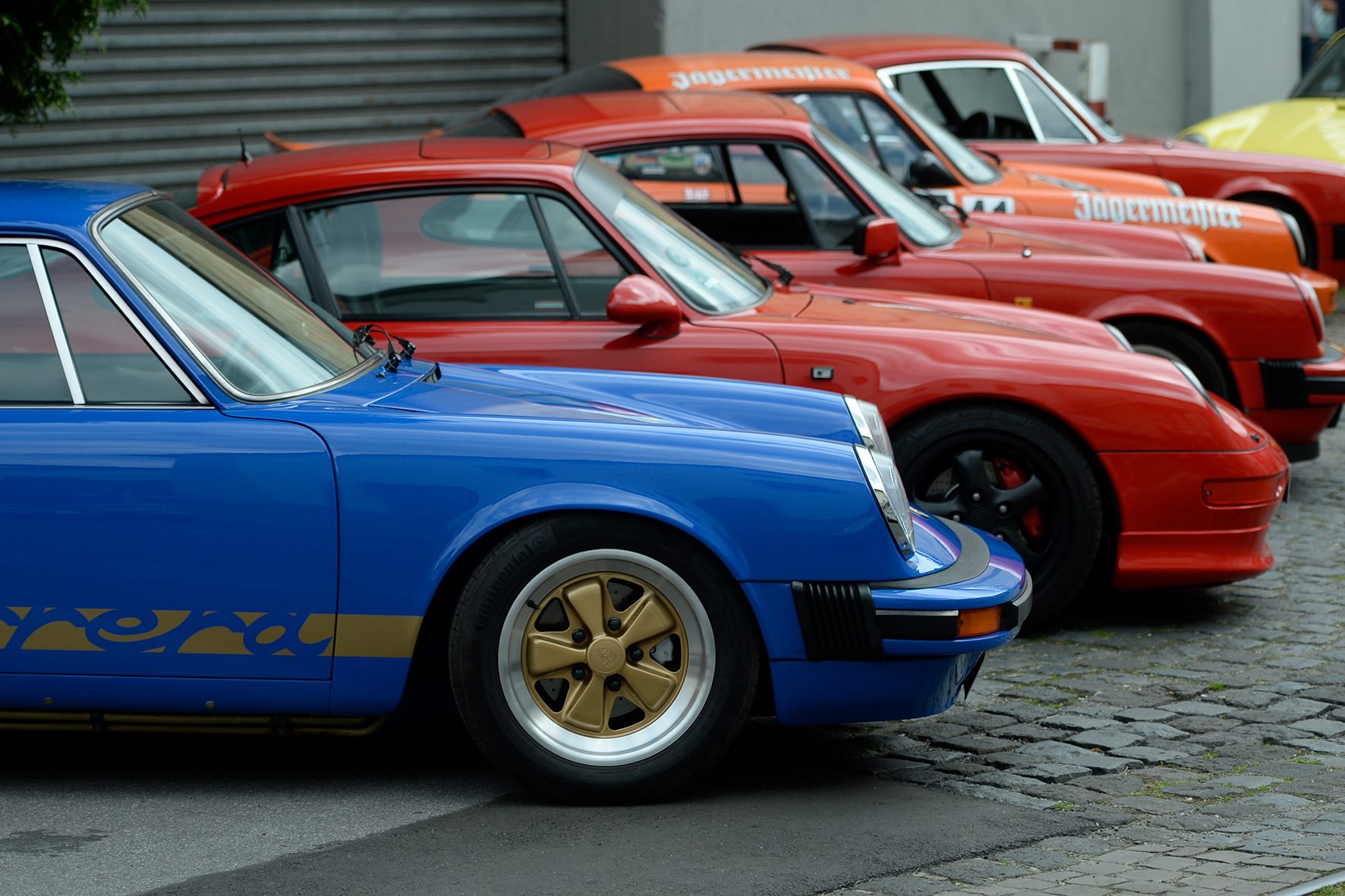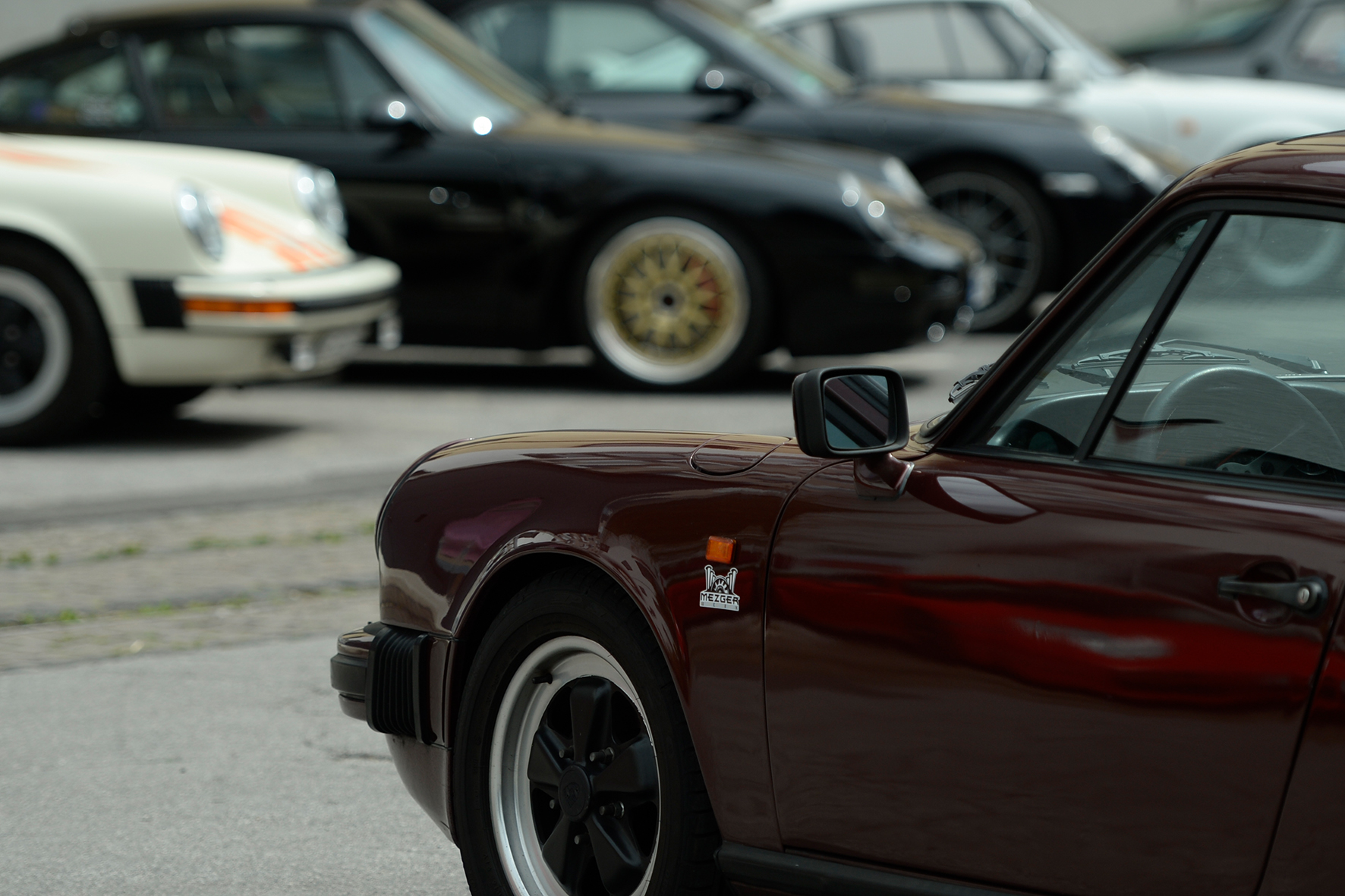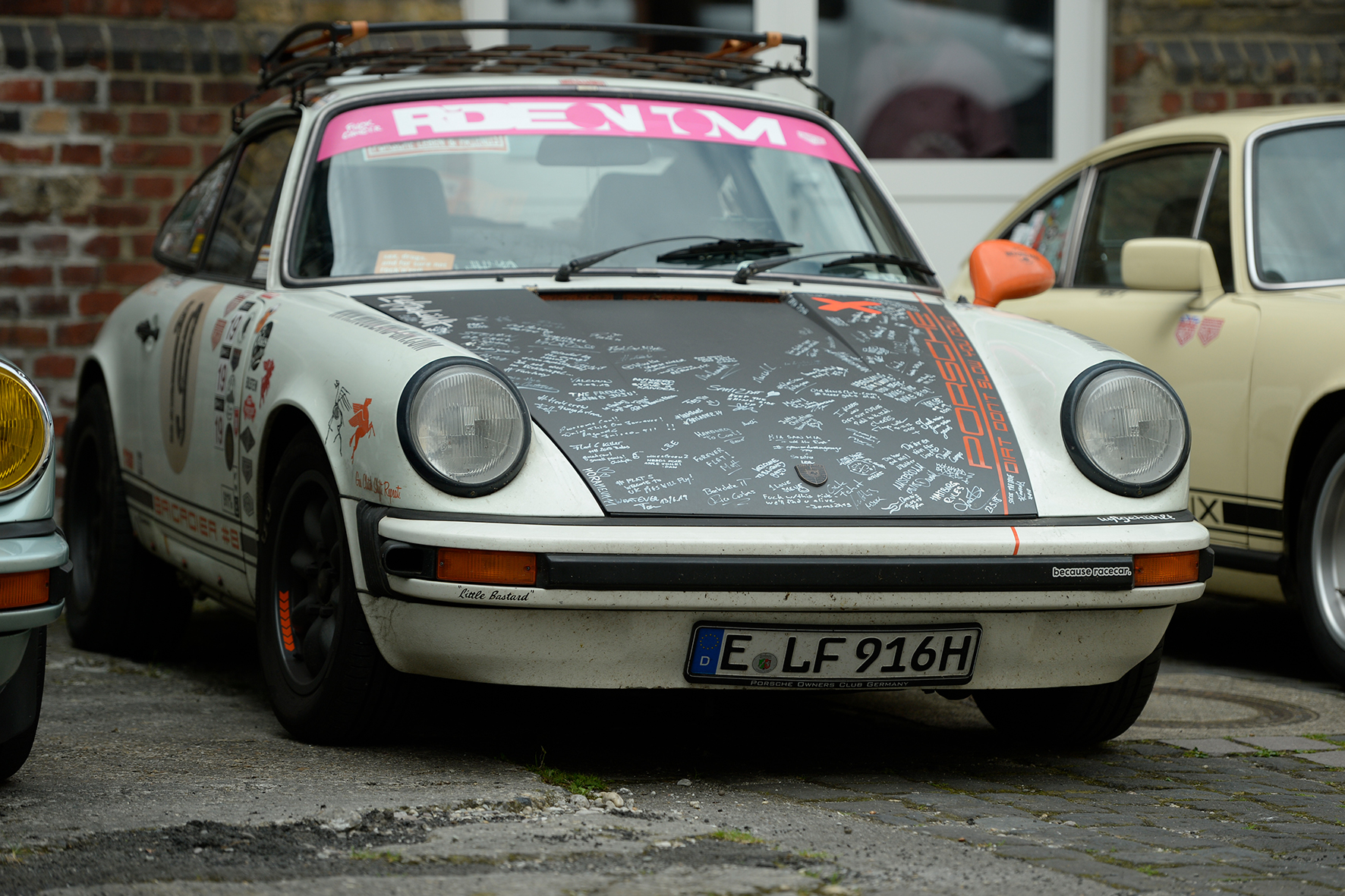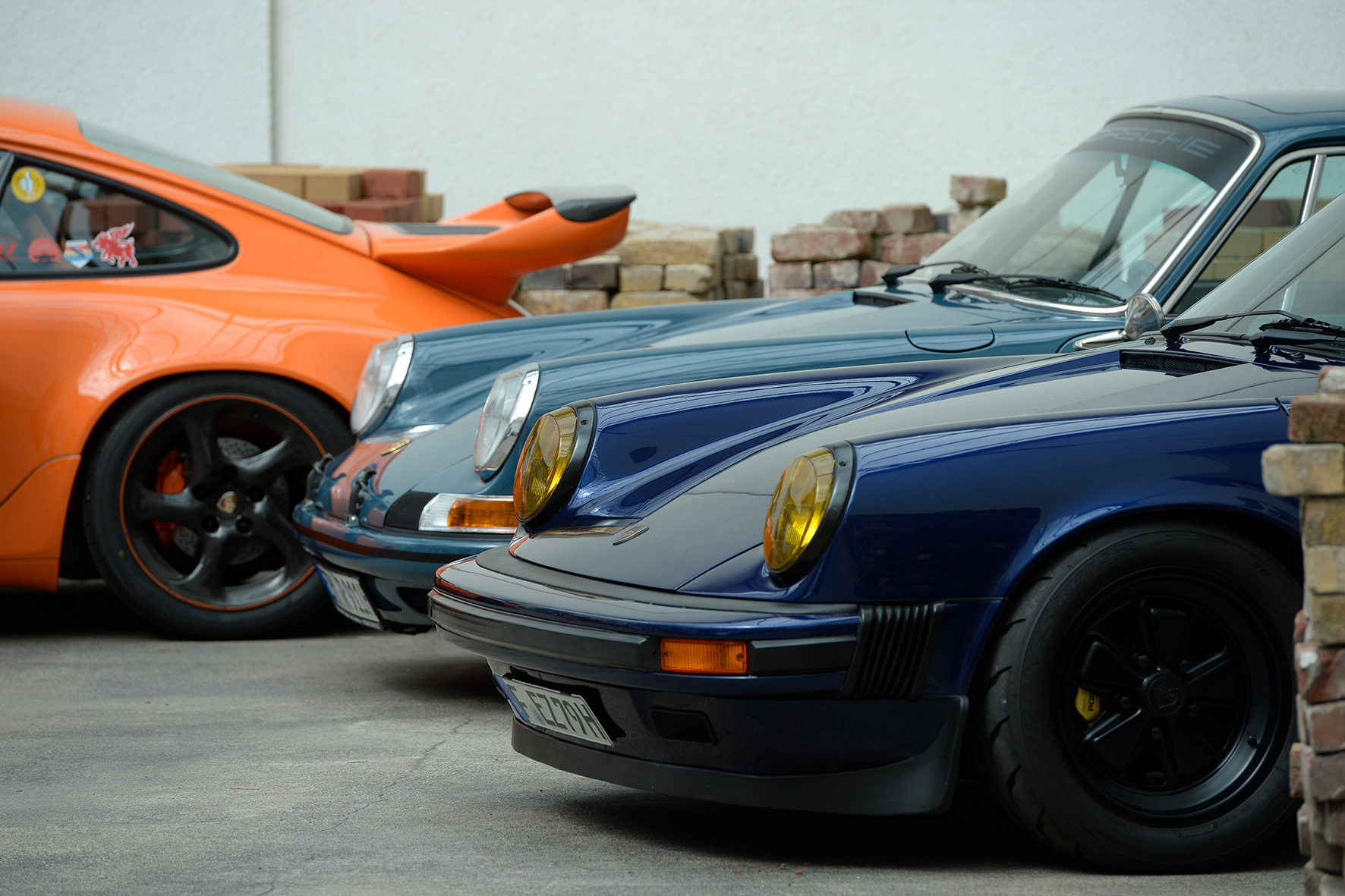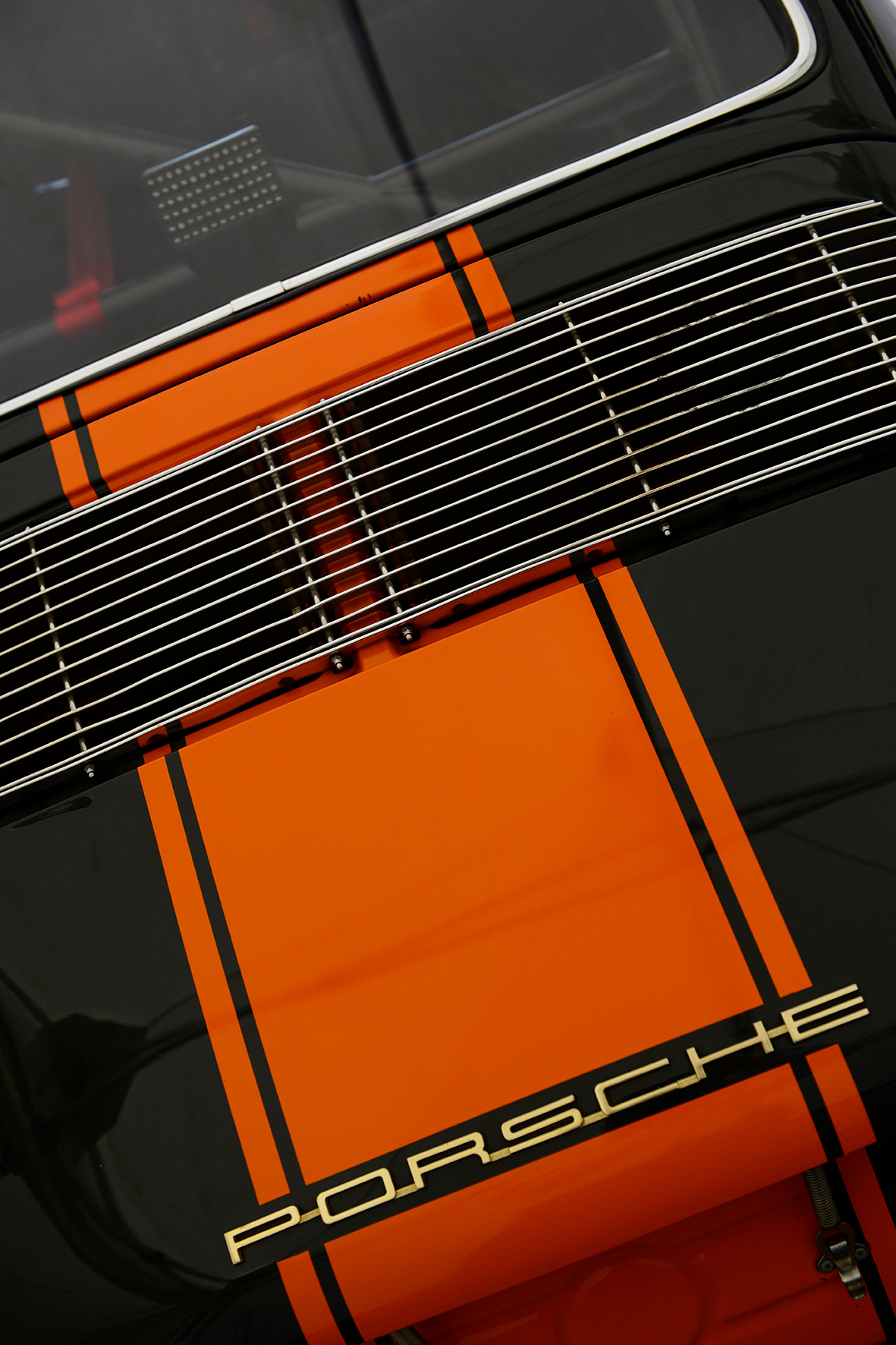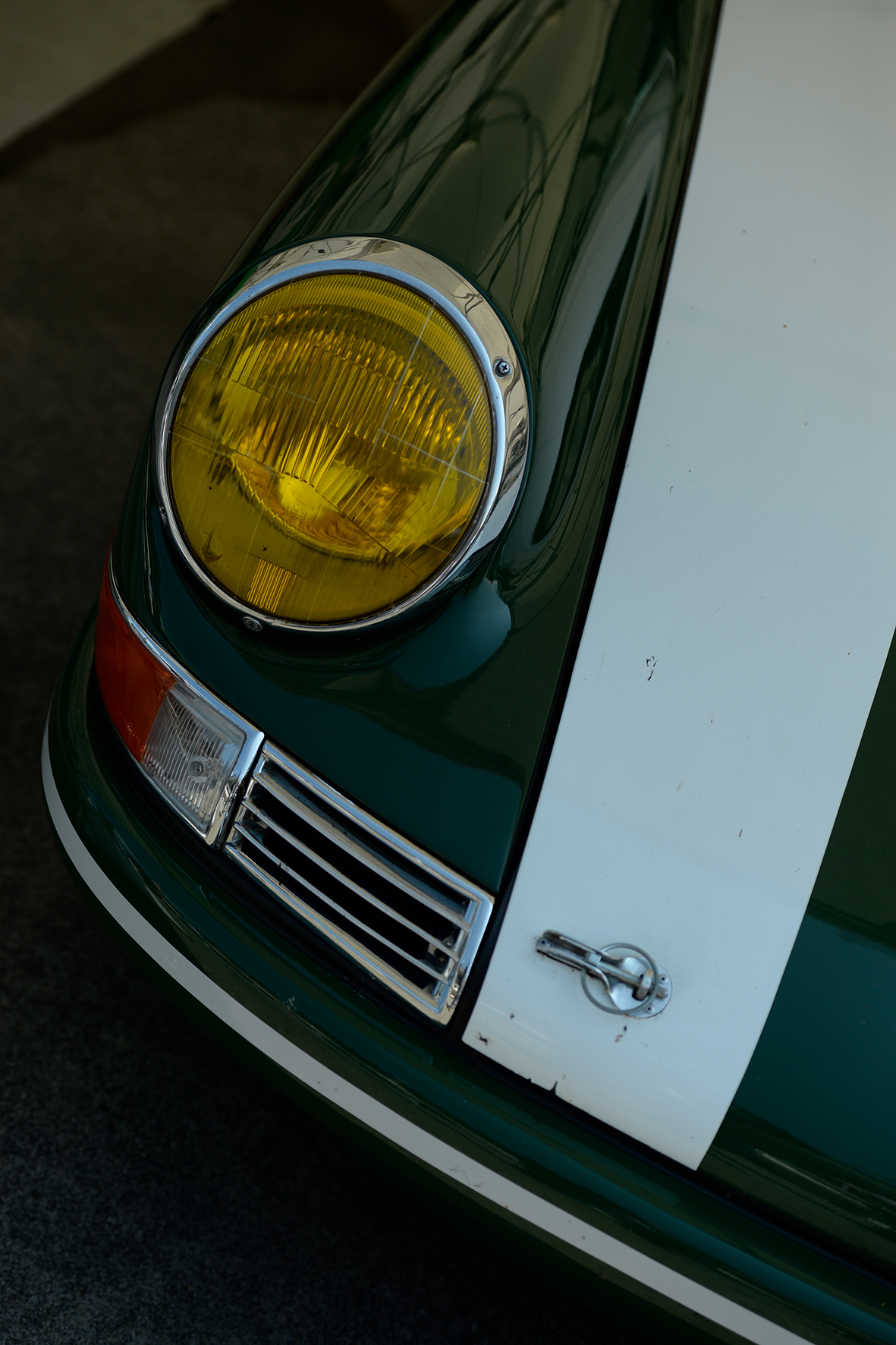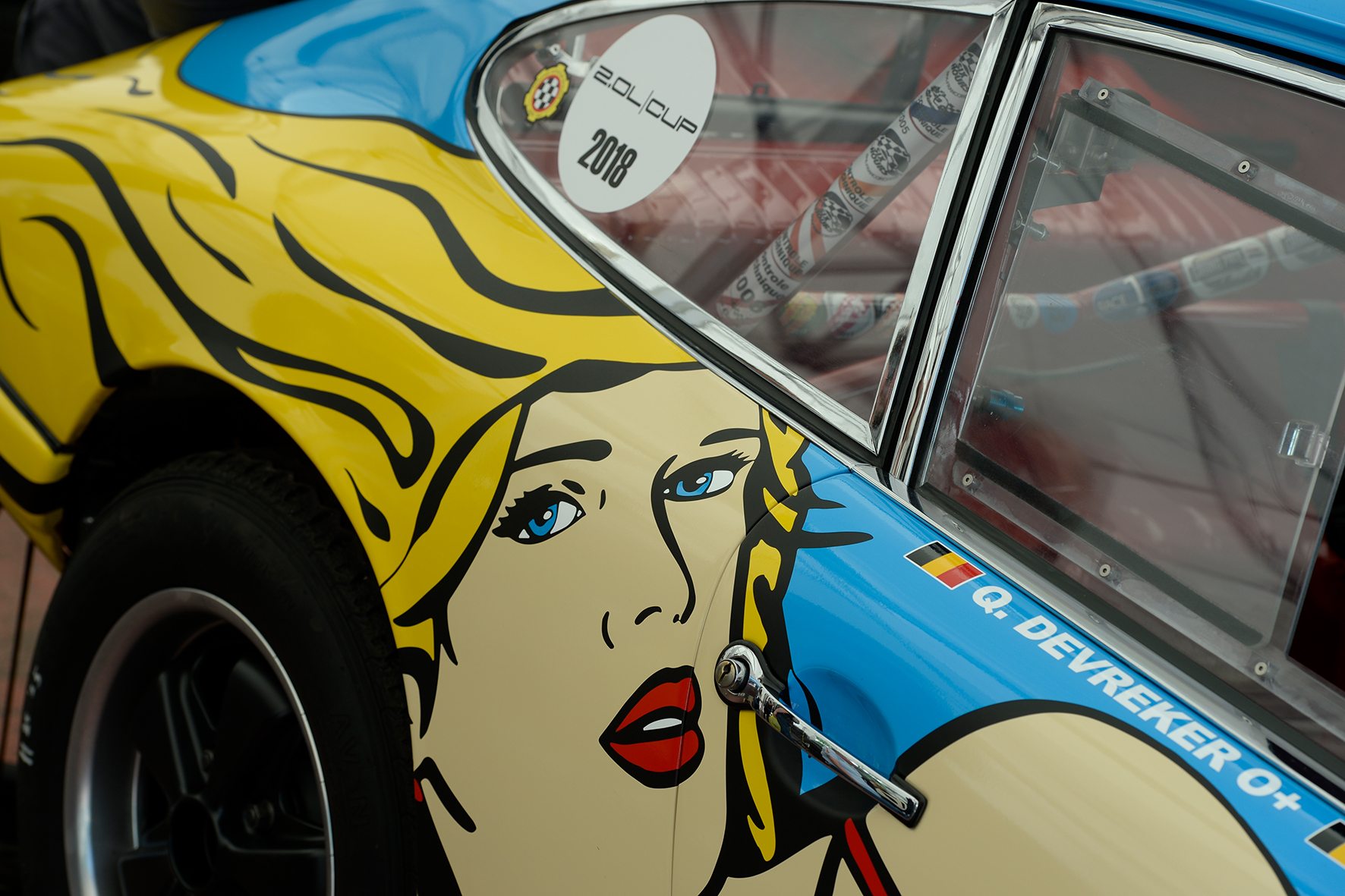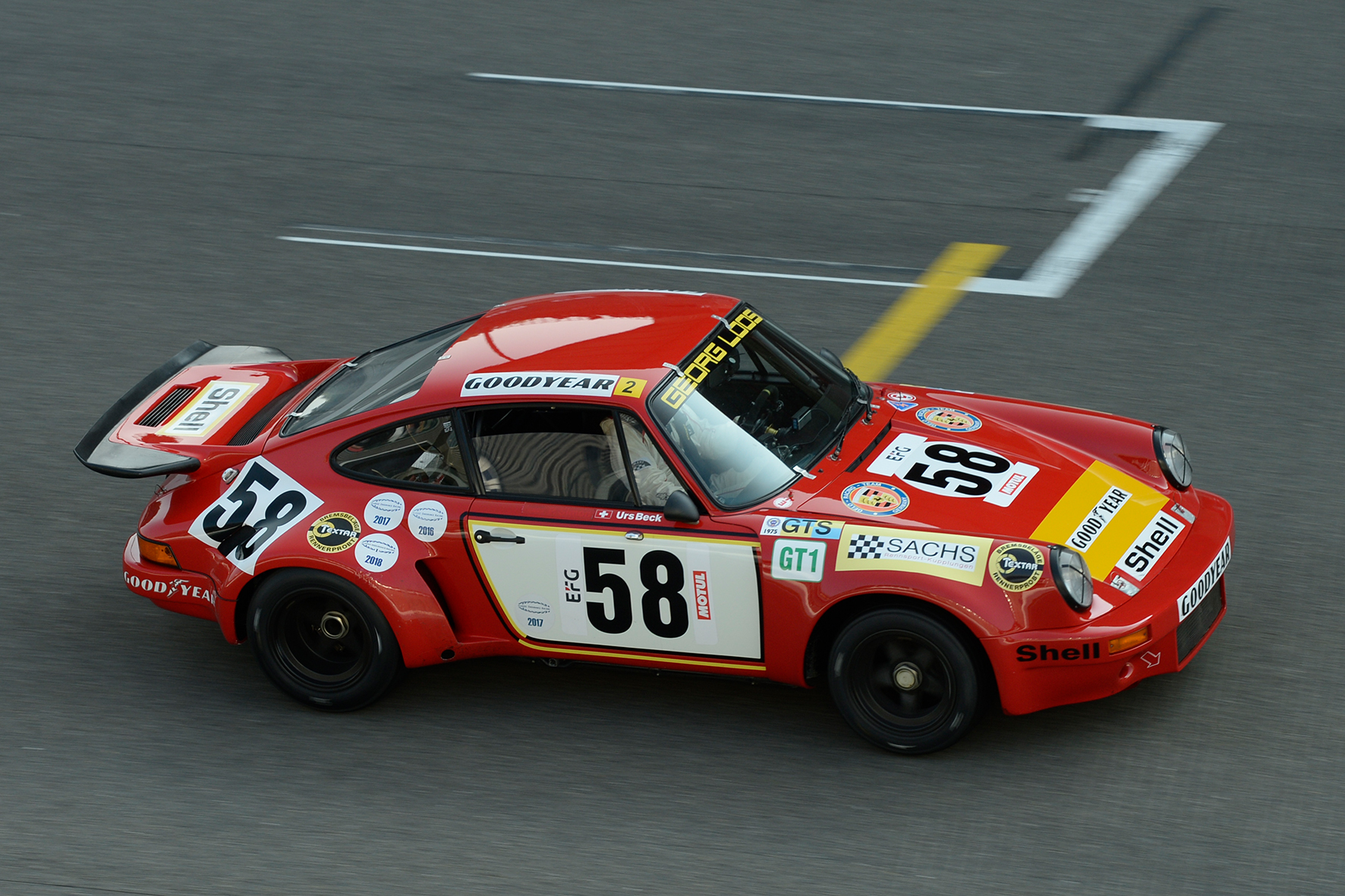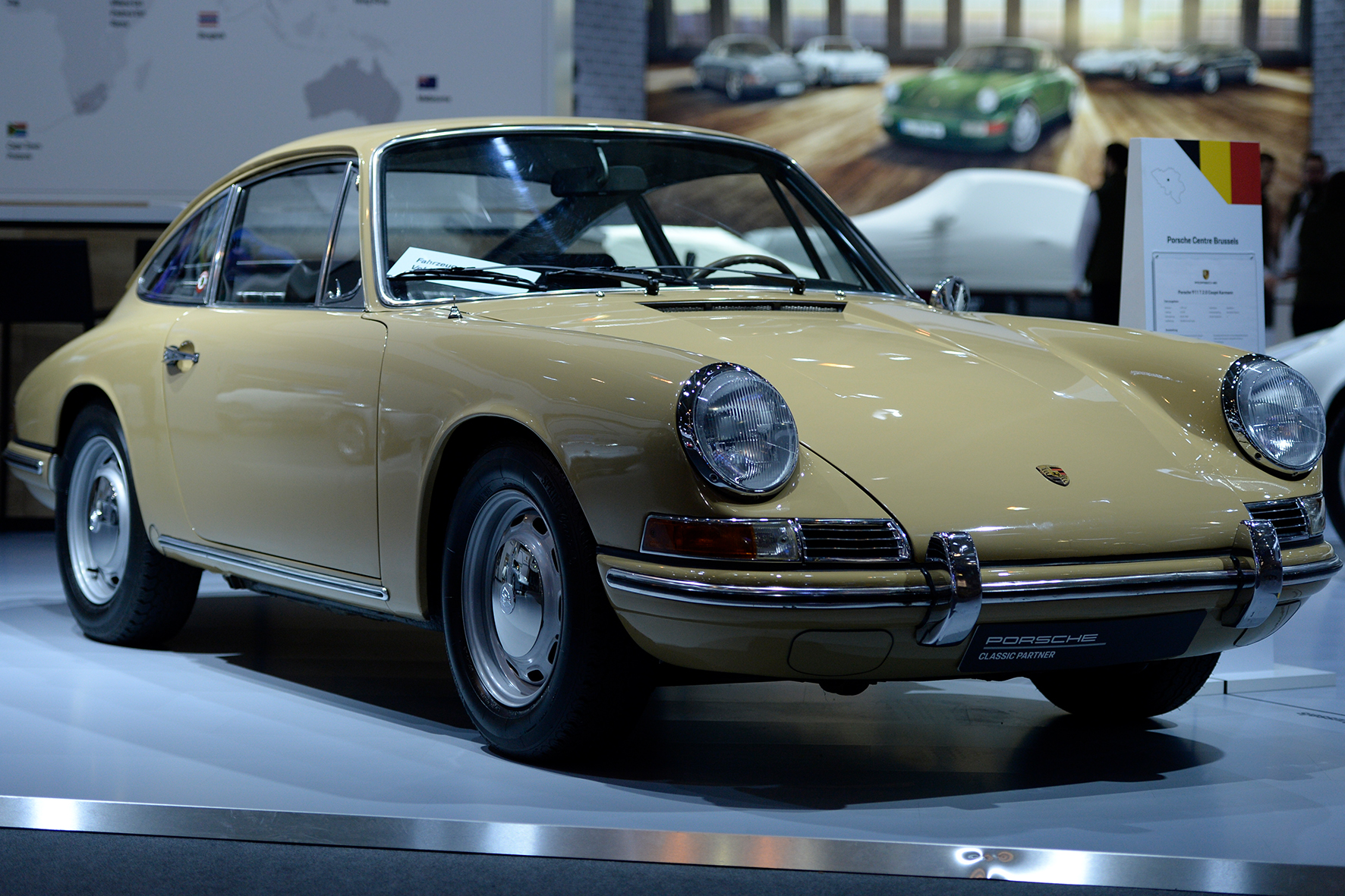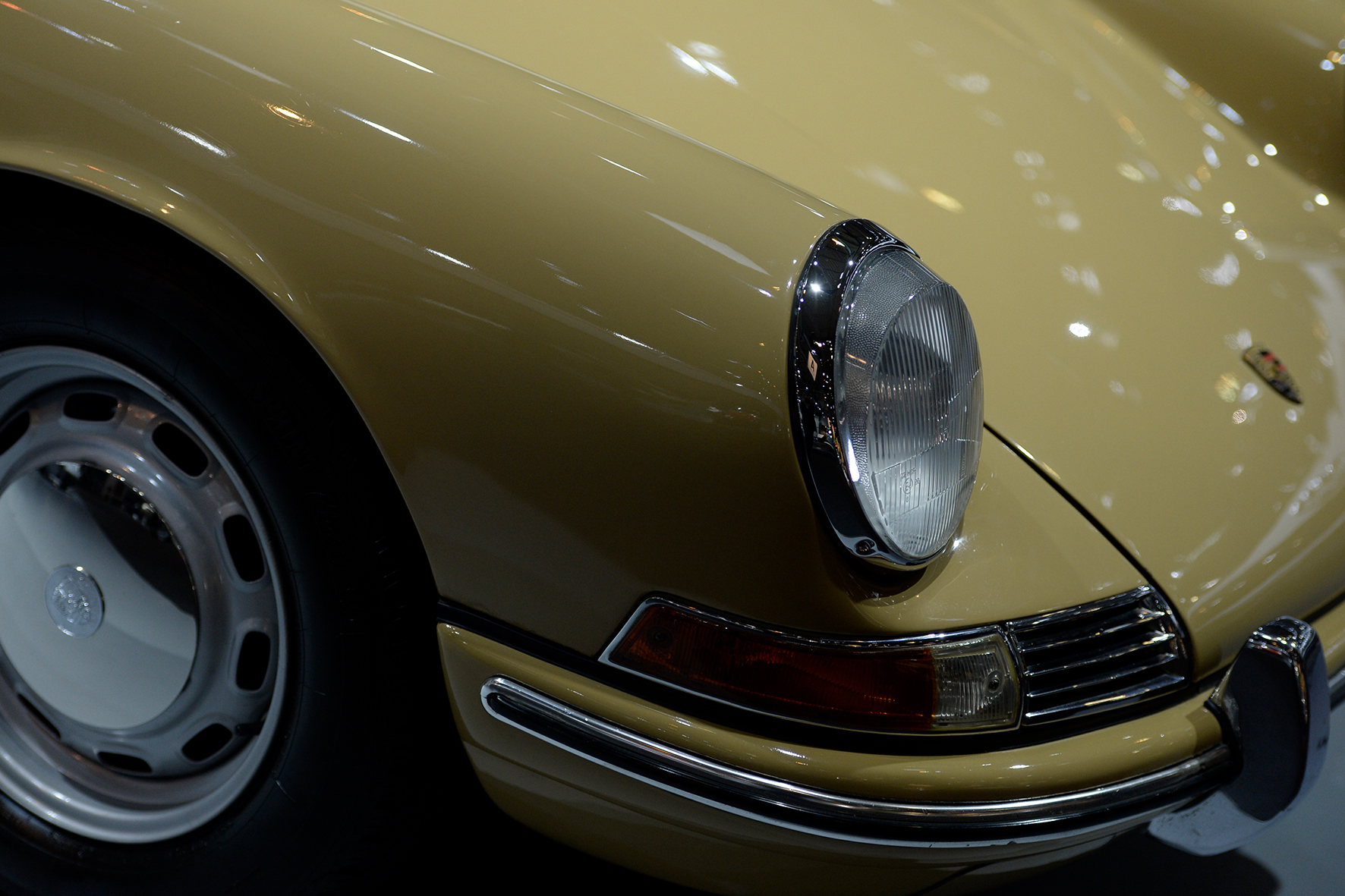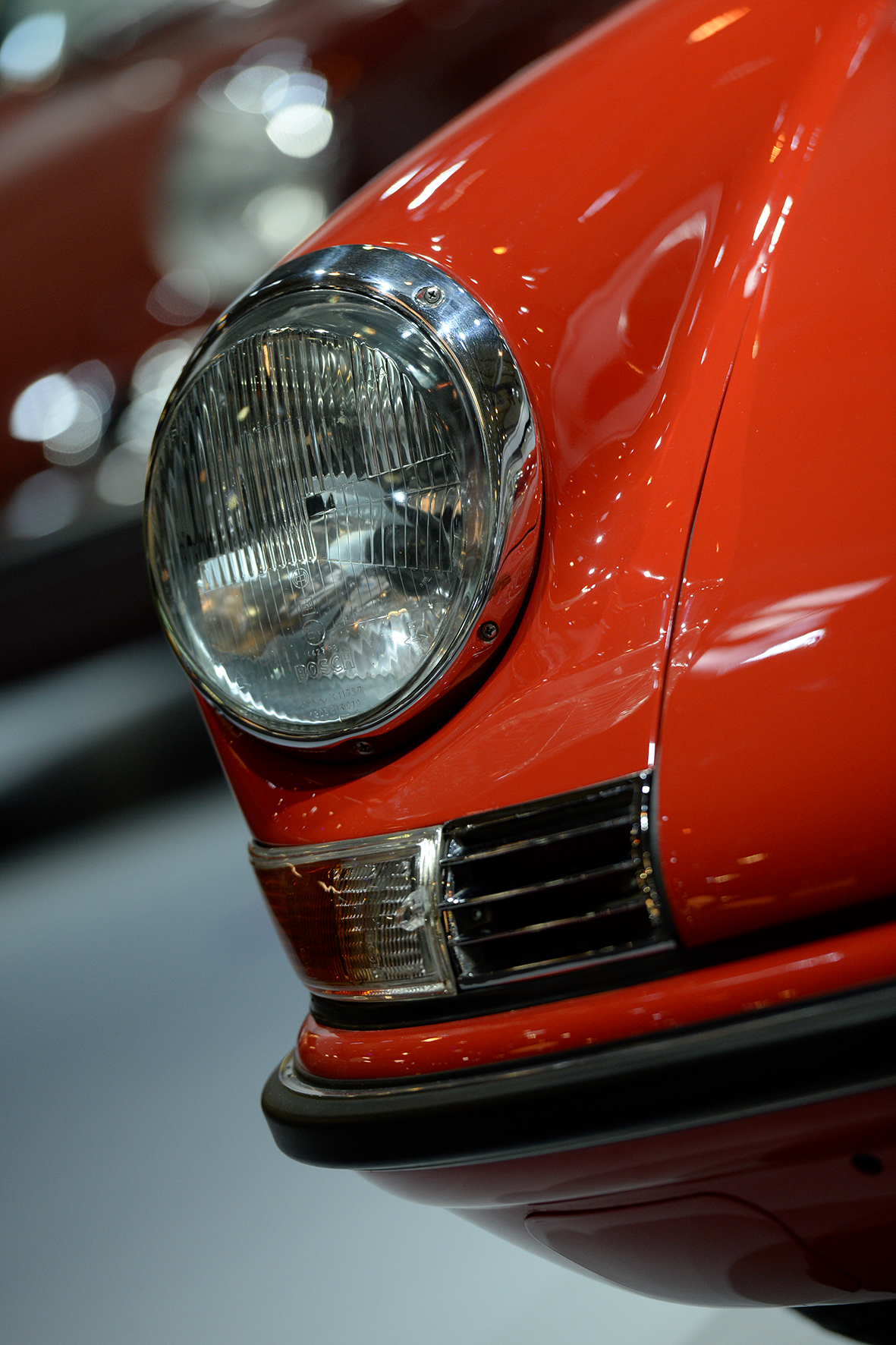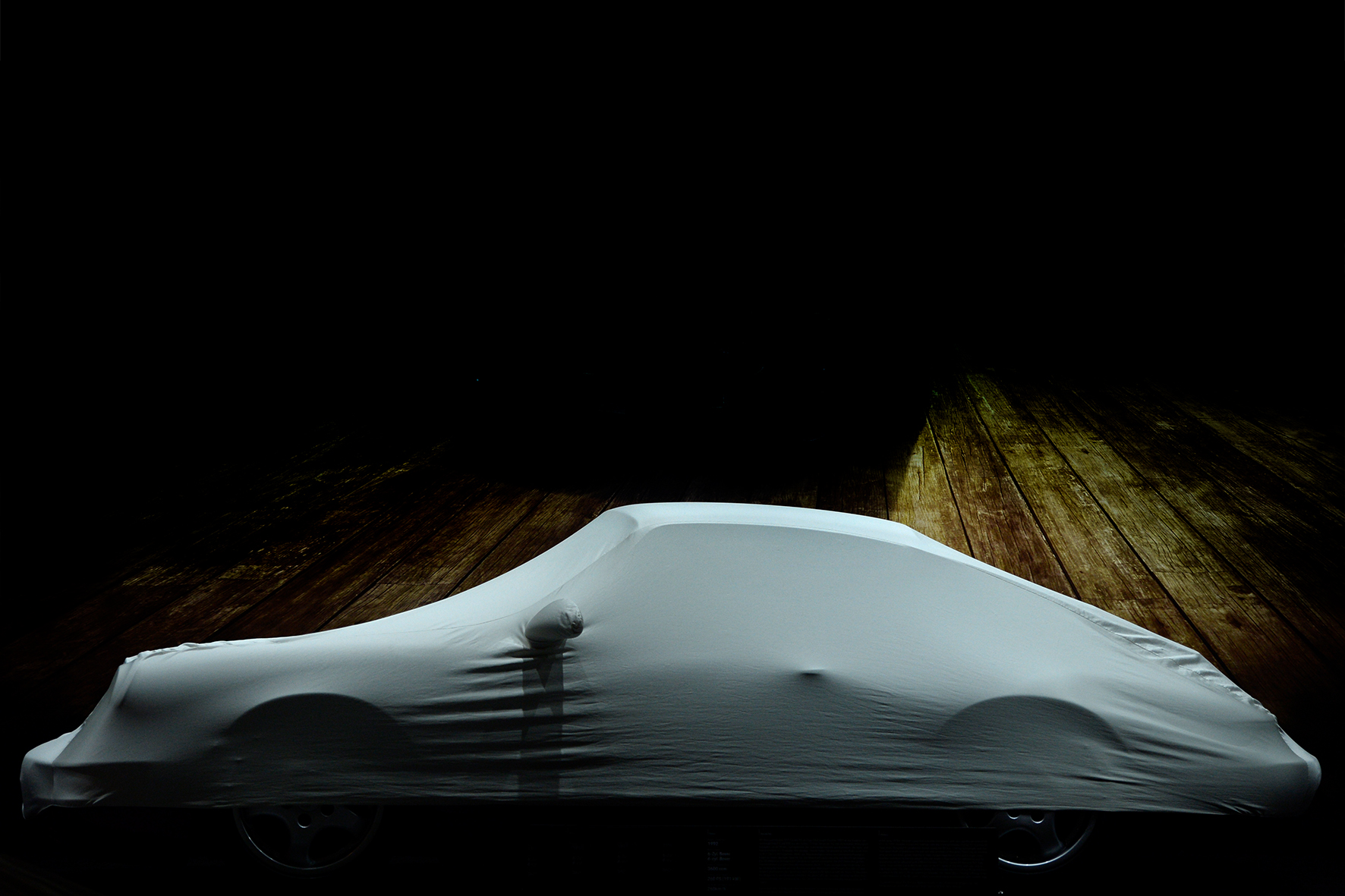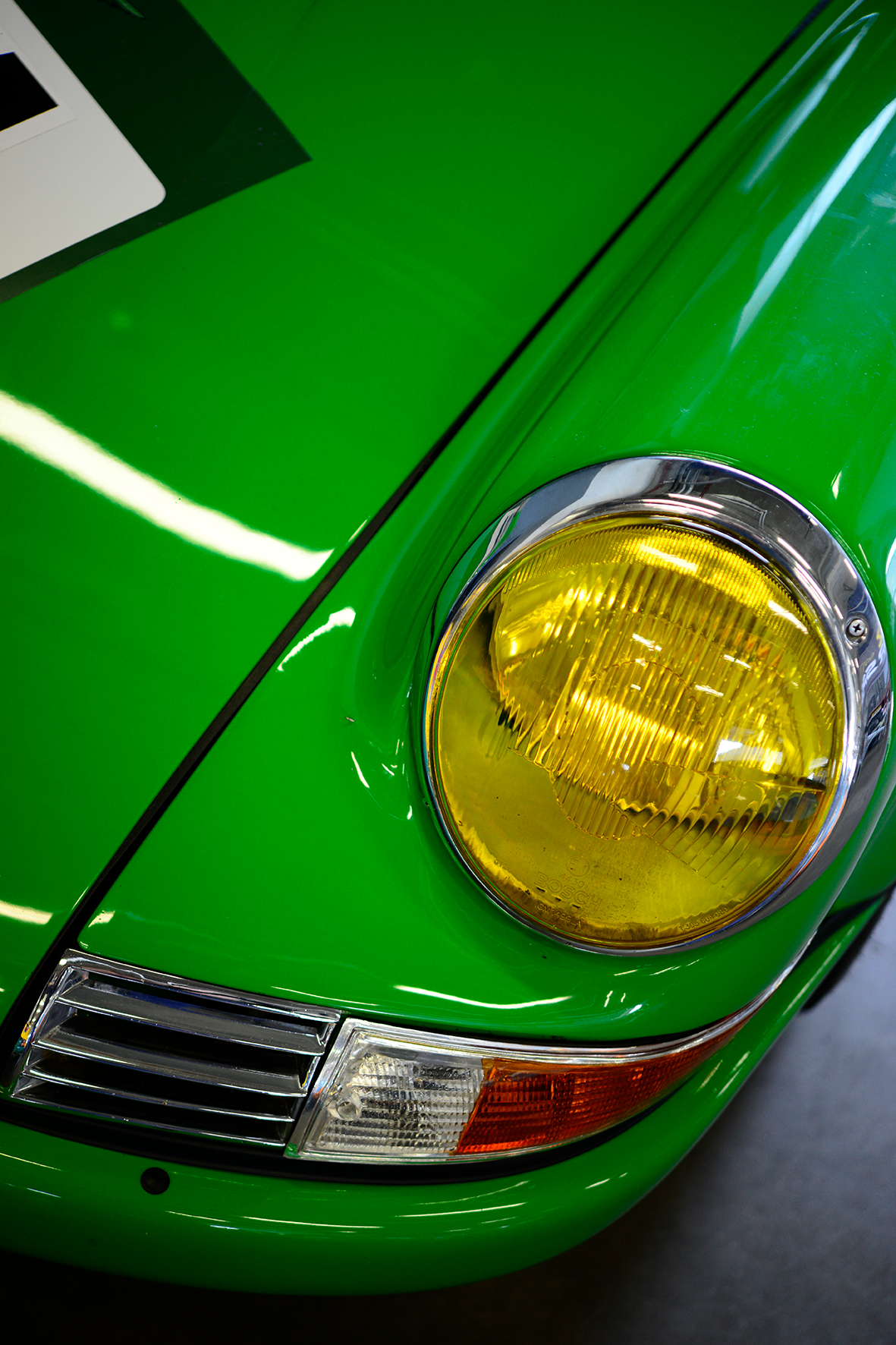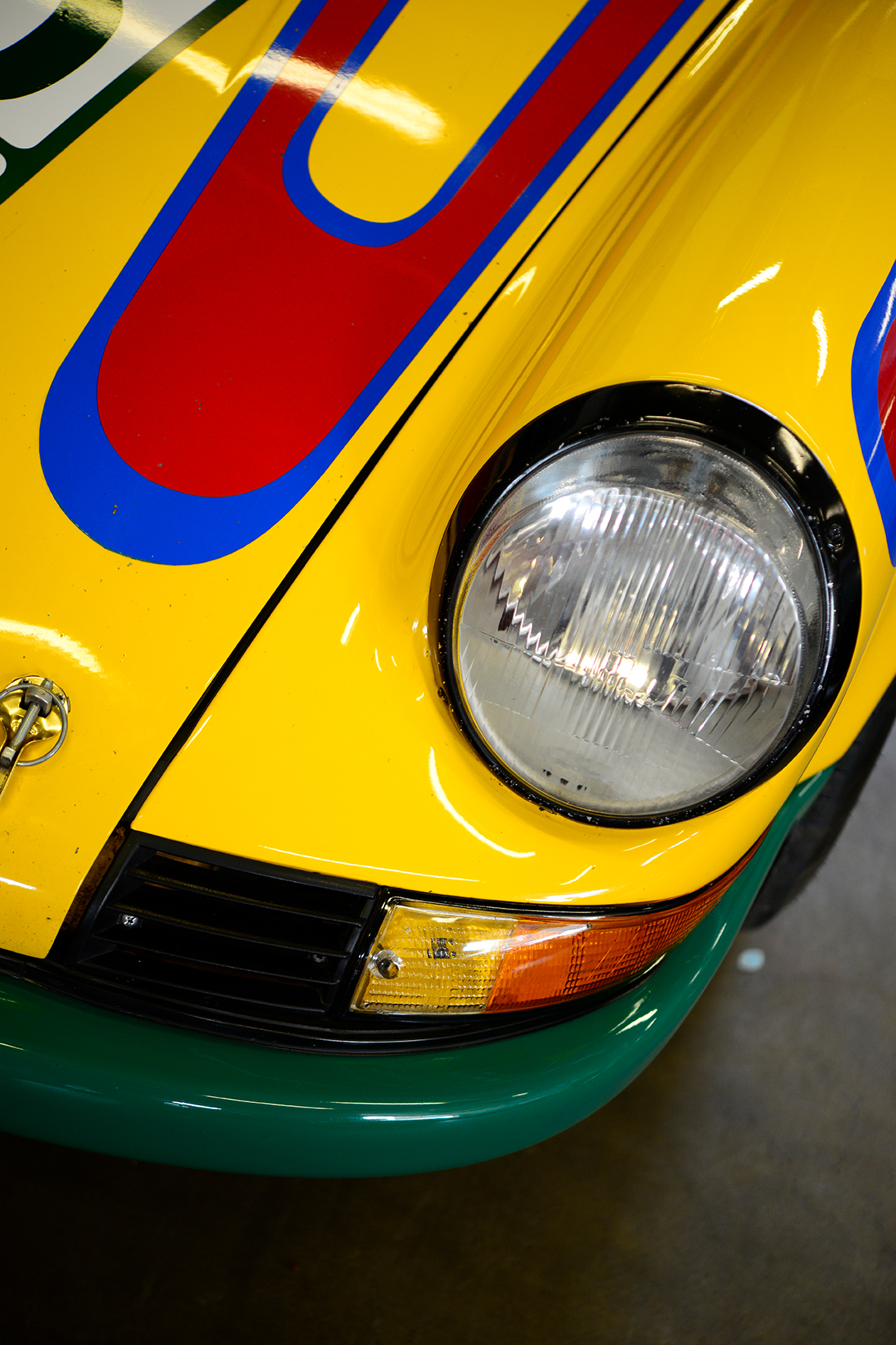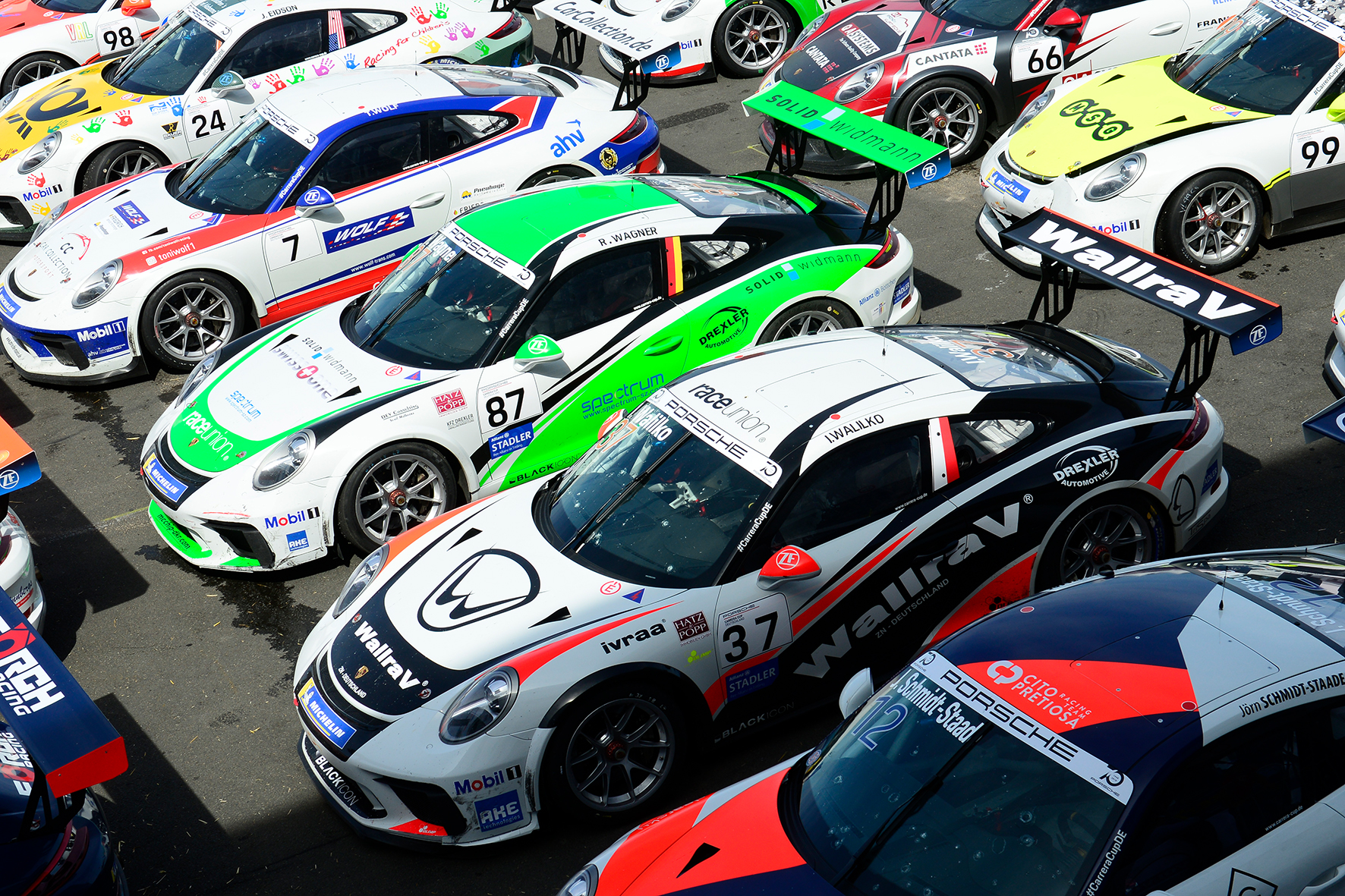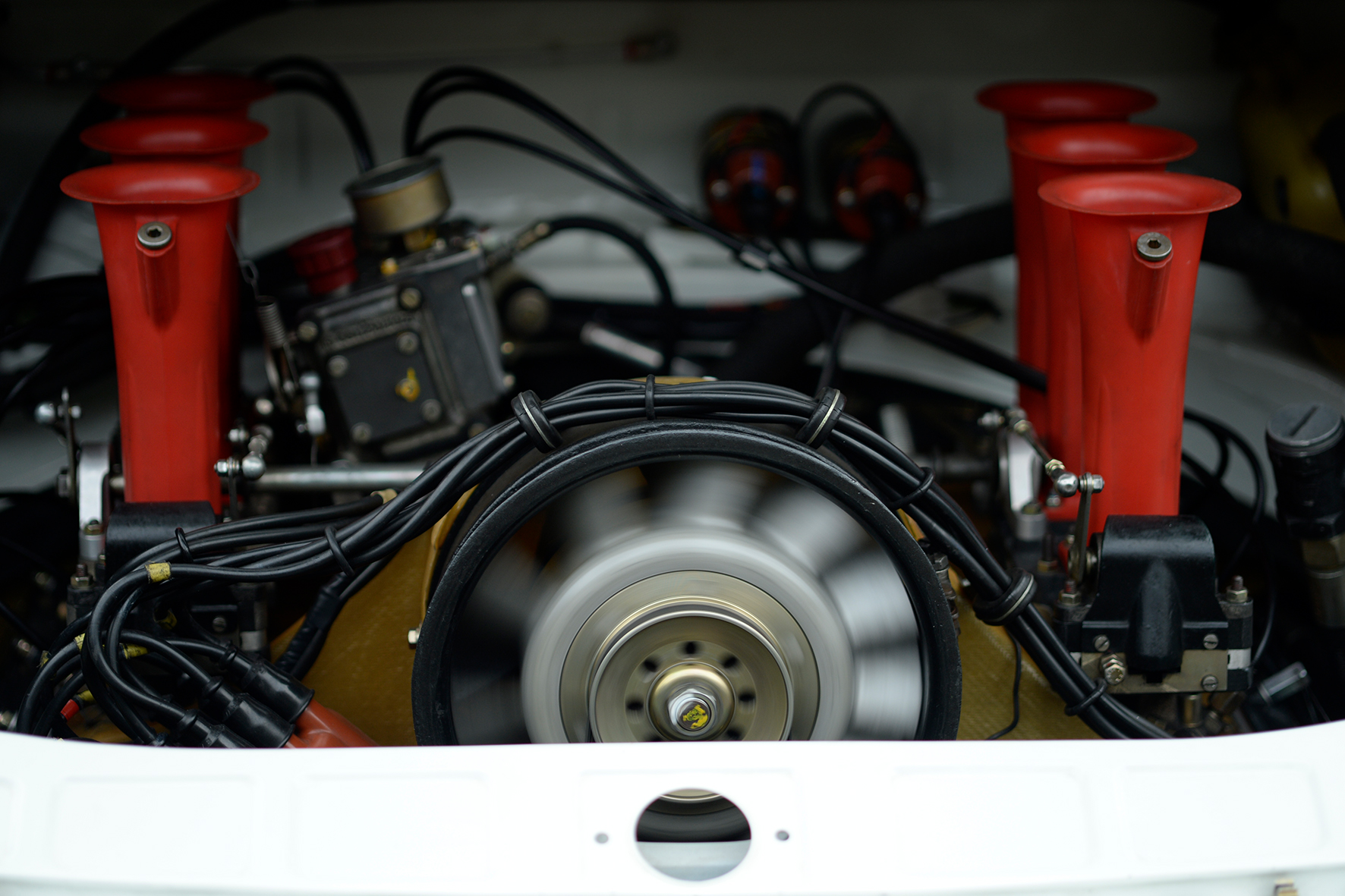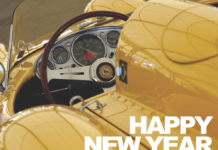When the Porsche 911 first saw the light of day in 1963, no one could have imagined that this automobile would become an icon in history and take the legendary reputation of Porsche AG to unimagined heights worldwide.

Of course, Porsche was already a renowned brand; after all, the fifty-thousandth Porsche 356 left the factory in April 1962. Daily production was now 50 vehicles. But everyone in the factory knew that the potential of the Porsche 356 had been exhausted.
When, at the end of the fifties, a successor to the 356 was being considered and the plans for it were taking shape, the specifications were soon clear.
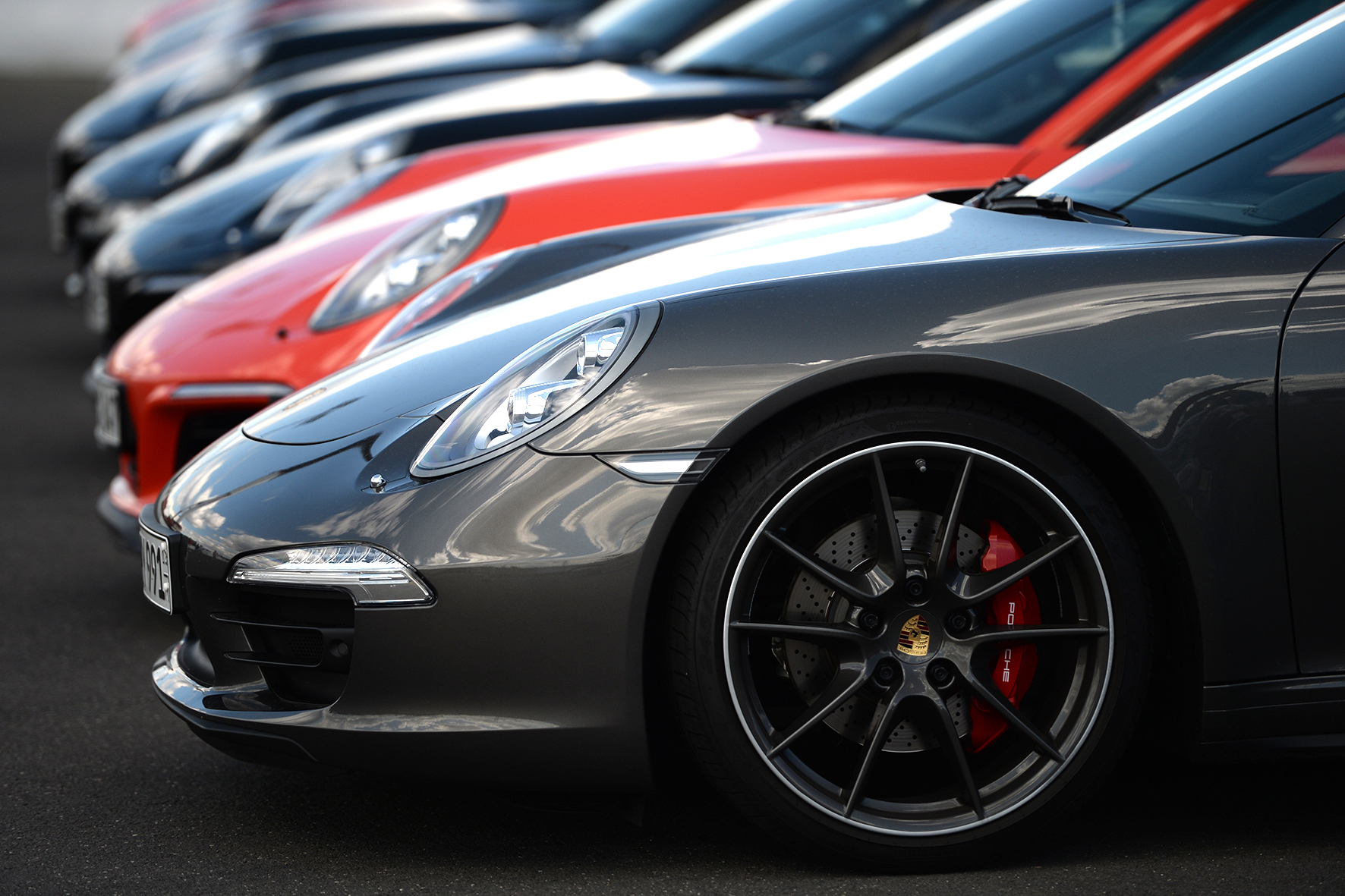
It was to be a car with a basically sporty character with a boxer engine in the rear, 2 seats and two adequate “emergency seats”.
After several design proposals, both internal and external, had been sifted through, Ferry Porsche’s eldest son Ferdinand Alexander Porsche presented a design in 1959 that would become the starting point for the design and development of the Porsche 911. Perhaps only Ferry Porsche had the idea at that time that this would be a milestone.
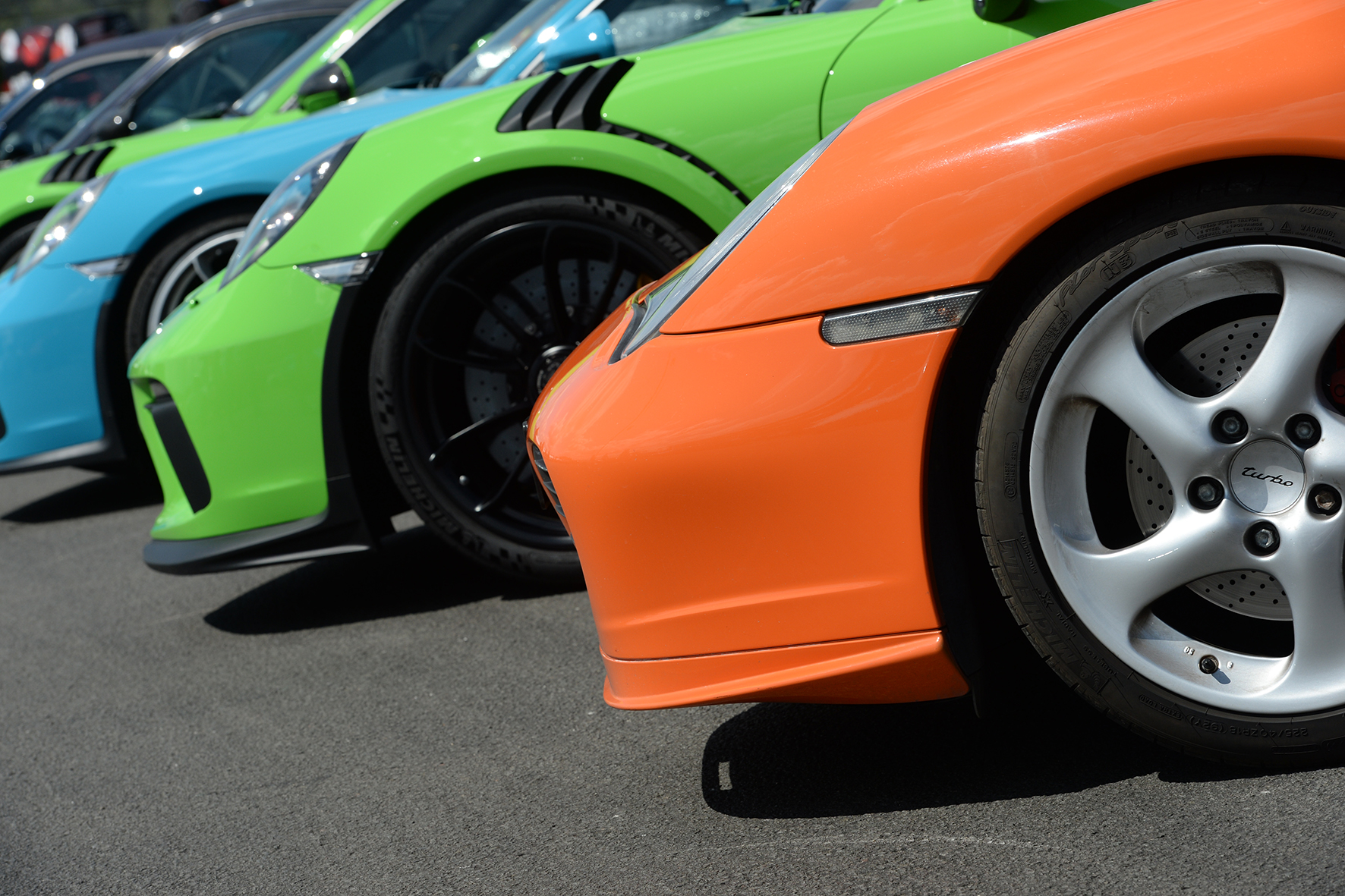
The simple shape of the new Porsche model is both timeless and unmistakable. Of course, it is based on the basic lines of the 356, but it is much more modern and far ahead of its time. To this day, every child recognises a Porsche at first sight and the fact that the basic features of the design have remained true to this day speaks for itself that the original form of the Porsche 911 is a milestone that became the flagship and at the same time the myth of the Porsche factory and still is today.
And so it was in 1963, on the occasion of the IAA in Frankfurt, that the new Porsche celebrated its much-acclaimed world premiere. This was to change in the course of time. Production of the new sports car finally started in 1964, and 82 Porsches were delivered under the model name 901 by the time of the Paris Motor Show in the same year.
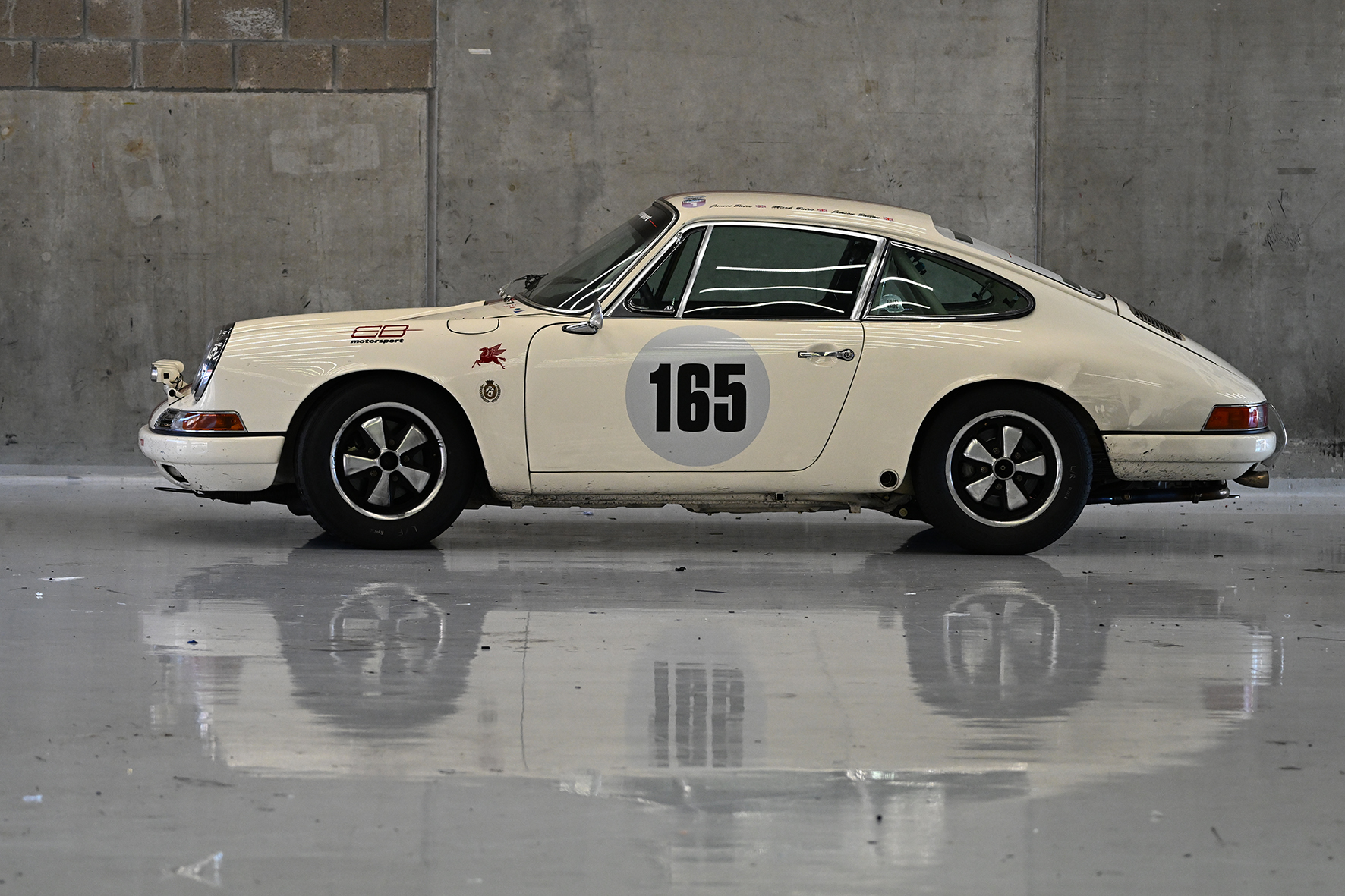
During the trade fair in Paris, Peugeot intervened against the model designation 901 and referred to the model designation with a 0 in the middle, which had been registered as a trademark since 1929. Why Peugeot had not taken legal action against the BMW 507 and 503 earlier and why Porsche 906 and 908 (906, however, also known as Carrera) and the Ferrari 308 were later possible is unclear today. Nevertheless, this somewhat unclear history also contributes to the myth of the 911. From my point of view, this was a stroke of luck anyway, the 911 is the typographically more beautiful number combination. Probably the renaming also had a rather positive aspect from a marketing point of view.
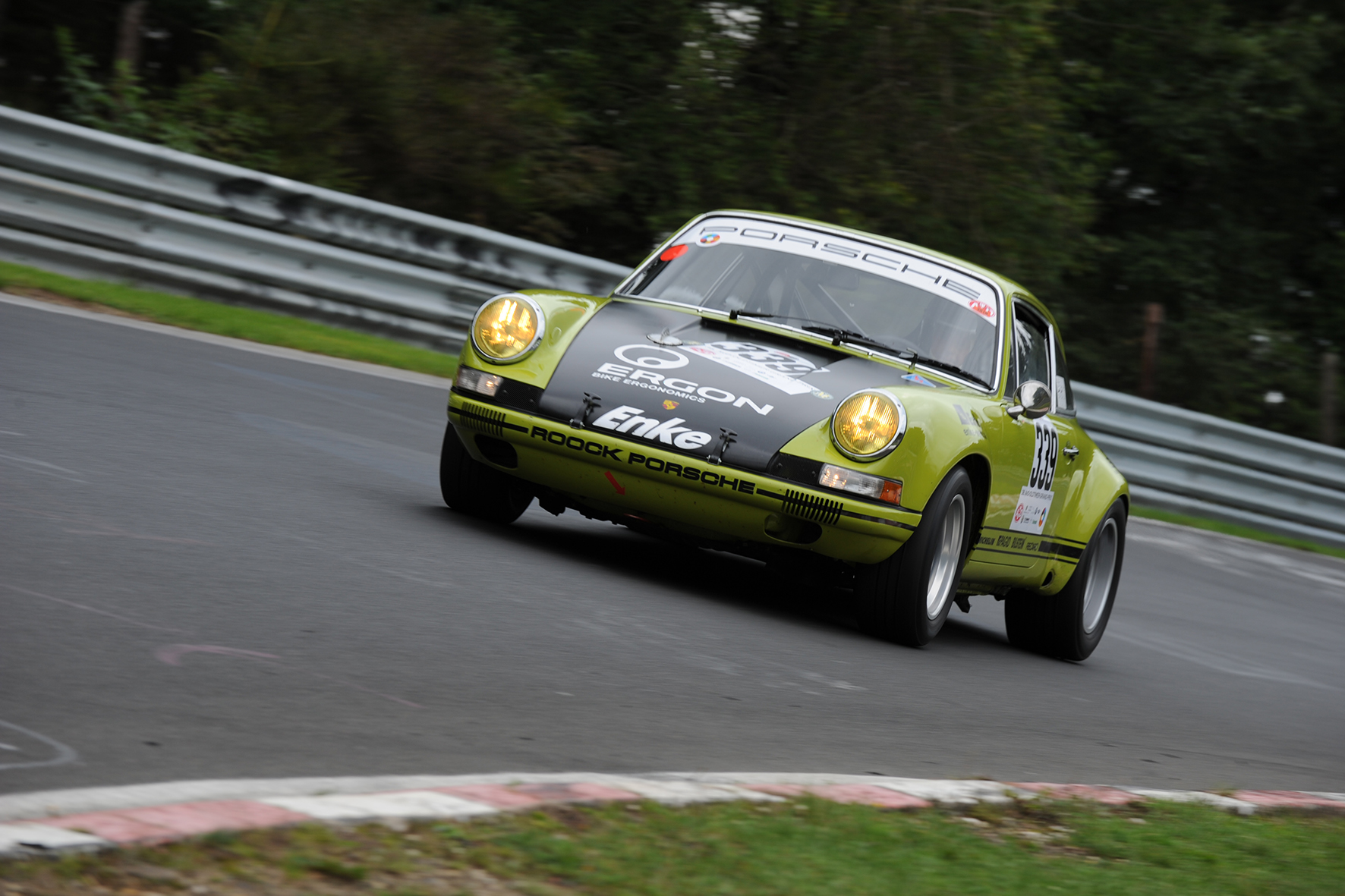
The printing of brochures and the delivery of further vehicles had to be stopped and internally a new model designation was sought. On 22 October 1964, Ferry Porsche decided on the obvious and simplest solution. The Porsche 901 became the 911 and the Porsche 902 consequently became the 912, thus finally starting the long journey of the Porsche 911 to a world career.
For me, a Porsche 911, regardless of the model series or year of manufacture, is the epitome of a sports car for the road and the associated private use. It goes without saying that it could also be used for extremely successful racing.
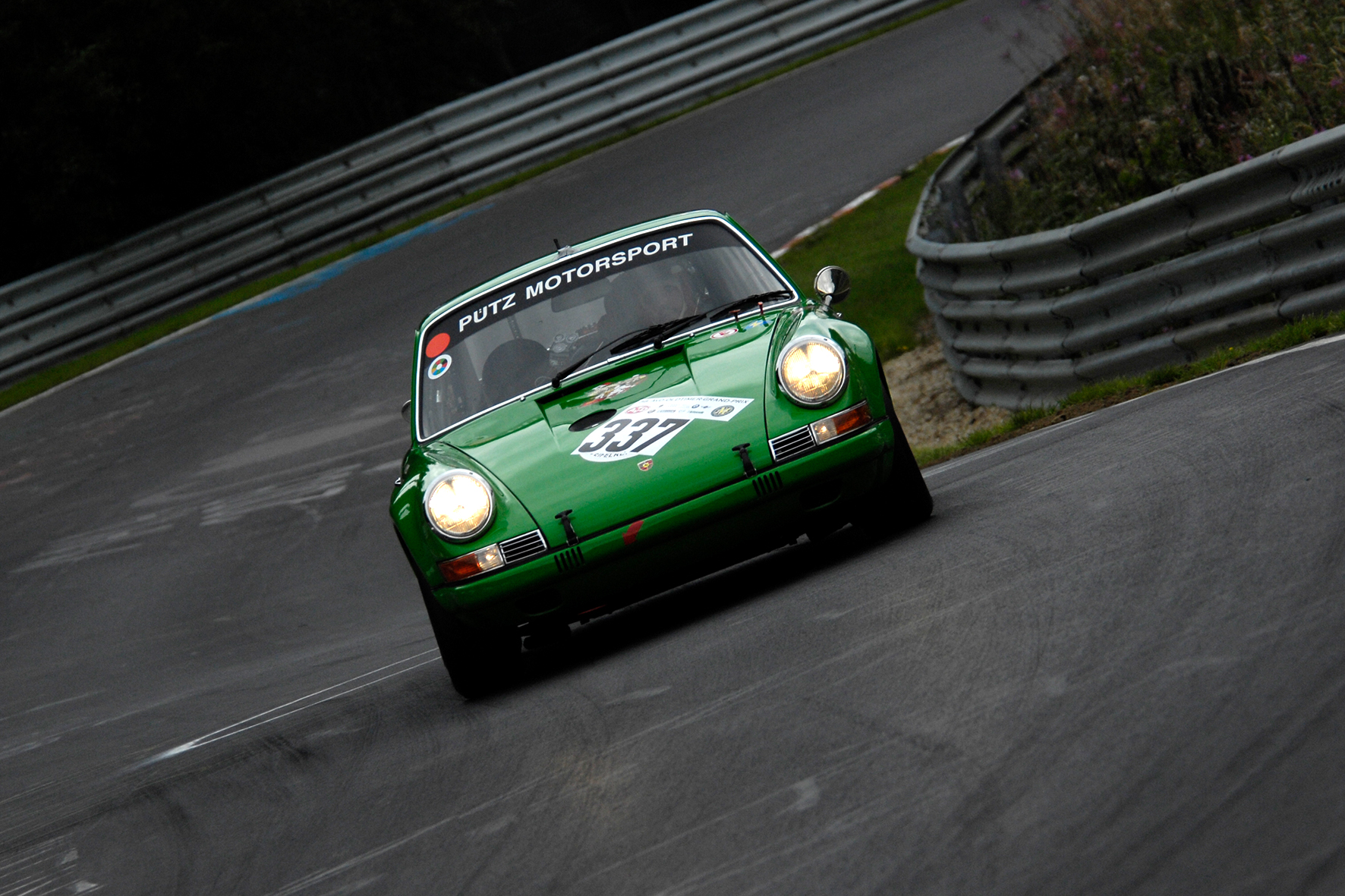
Nevertheless, the appearance of a Porsche 911 is far removed from any display of pure power and speed, and it is precisely this understatement that I find absolutely impressive. The design of the Porsche 911 combines elegance with sporty energy in a unique way that is unparalleled. That is why the 911 has its own place in the history of automotive culture.
The Evolution of the Porsche 911 in Sixty Years
- TYP 901 1963 – 1973
- TYP 911 1973 – 1989
- TYP 964 1989 – 1994
- TYP 993 1994 – 1997
- TYP 996 1997 – 2004
- TYP 997 2004 – 2012
- TYP 991 2012 – 2018
- TYP 992 2018 – TODAY
The pictures are a journey through time, through sixty years of the 911. Already so old and yet truly young at heart. Find out more about our photographer Ralph Lüker.
